Lotus Seven S4 RHD (1 of 644) - 1973
€ 48.000
Financing options.jpg)
Description
Built to race, this beautiful Lotus Seven fourth series is the latest version, the most refined of the Seven series. One of only 664 produced from 1970 to 1973.
Year of production 1973, the last before the closure of production which saw only 2500 examples built since 1968.
The version offered differs in the fiberglass and aluminum body, and the Ford engine derived from the Pinto model.
Model history and curiosity
In 1960 the S2 version was launched. On the outside, only the fenders (more enveloping) and the nose changed, in fibreglass, while on a technical level the biggest innovations concern the engines. Once the expensive (and grouchy in tuning) Coventry Climax FWA was cancelled, new Ford engines were made available.
The 105E of 997 cm³ of 39 HP or the 116E of 1498 cm³ of 66 HP could be mounted on the Seven, while for the Super Seven the versions developed by Cosworth of the 109E (1340 cm³, 85 HP) and the 116E (1498 cm³, 95 HP). The more powerful versions were fitted with front disc brakes.
In 1968 the S3 was launched (which is the version still produced today by various manufacturers), with a rear axle (always with a rigid axle) and engine (1601 cm³, 86 HP) from the Ford Escort Mexico. In 1969 the Super Seven adopted the new Lotus twin-cam 4-cylinder in-line engine of 1558 cm³ and 115 HP.
Although the car still had a large group of enthusiasts, Colin Chapman no longer considered it worthy of carrying the Lotus brand, which in the meantime had won 3 Formula 1 World Championships. Furthermore, the Seven was not even a profitable car for the company (which actually lost 100 pounds for each S3 produced). However, thanks to the determination of CEO Mike Warner, a further evolution of the model was put in place. The goal was to make the Lotus roadster profitable by reducing costs and raising production to at least 2000 units per year.
The changes to the chassis and bodywork were substantial. The bodywork became completely made of fiberglass (and wider and longer), the chassis was appropriately reinforced, the front fenders were extended up to the passenger compartment, the tail (more squared and massive and with integrated fenders) was completely redesigned, while the passenger compartment gained space.
For the first time the Seven had a real windshield and could be equipped with a hard (removable) fiberglass roof. The S4 (which retained the engines of the S3), however, did not achieve the desired success: too spartan for the clientele of traditional spiders and too "civilised" for purists. Production, which began in 1970, ceased at the beginning of 1973, after just 664 examples.
Gallery
Technical data
Optional
Terms of sale
Automotive practices
You may also be interested
Find your dream car
 Versione italiana
Versione italiana Deutsche Fassung
Deutsche Fassung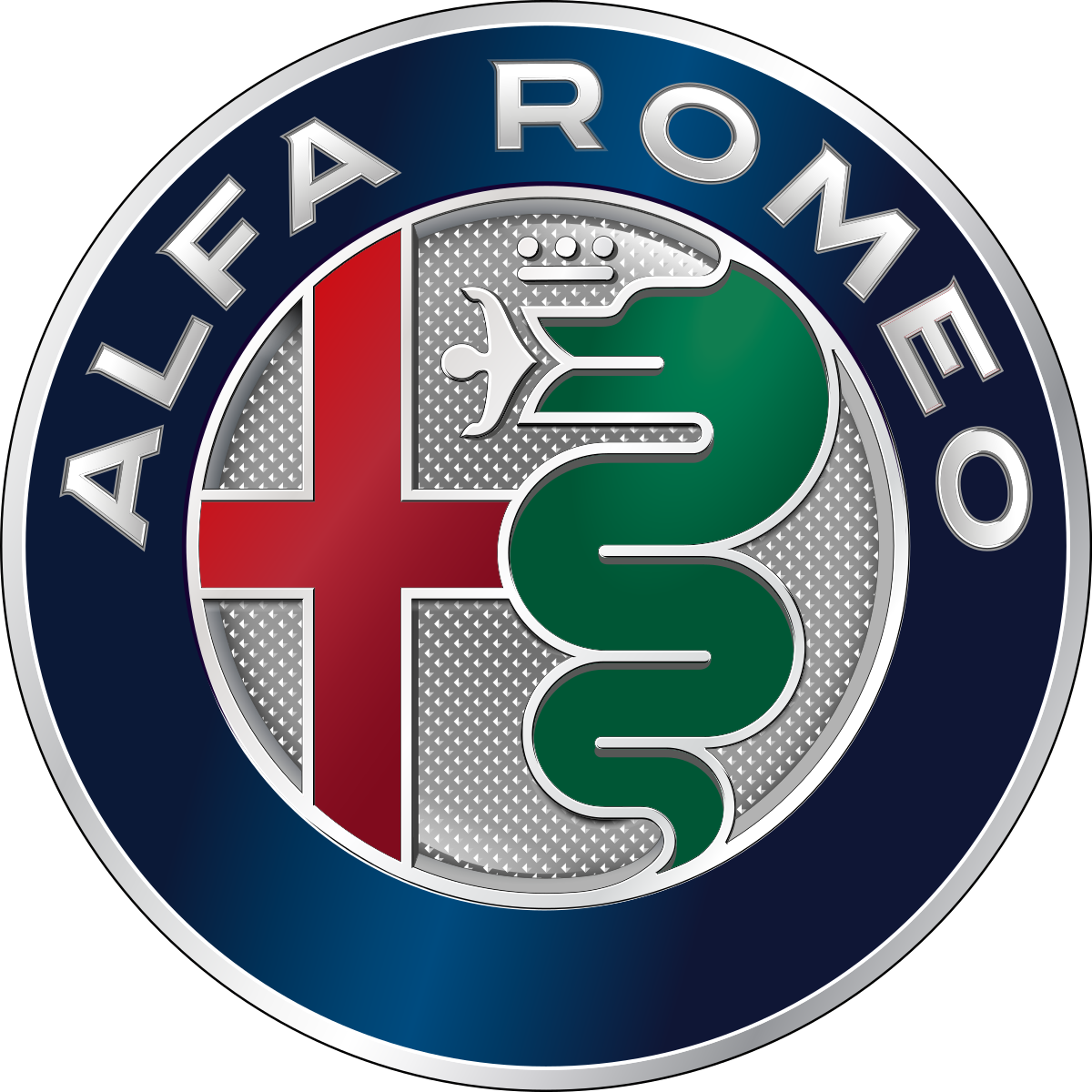 Alfa Romeo
Alfa Romeo 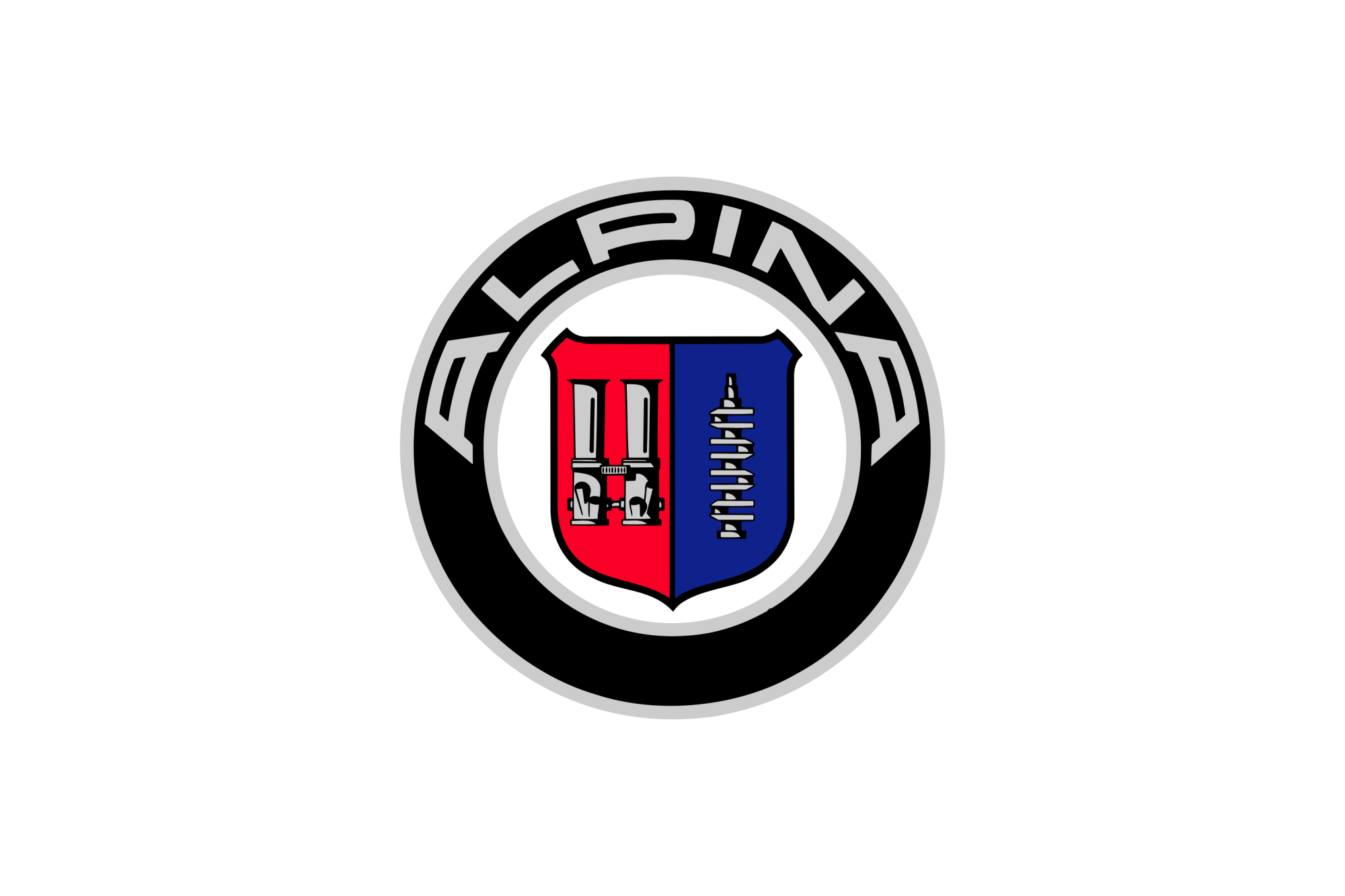 Alpina
Alpina  Amilcar
Amilcar  Aston Martin
Aston Martin  ATL Autotecnica del Lario
ATL Autotecnica del Lario  Audi
Audi  Austin
Austin  Austin-Healey
Austin-Healey .png) Bentley
Bentley  BMW
BMW  Cadillac
Cadillac  Chevrolet
Chevrolet  Citroën
Citroën  Daimler
Daimler  DKW
DKW 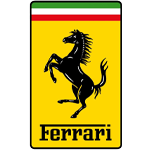 Ferrari
Ferrari  Fiat
Fiat  Ford
Ford  Geko
Geko .svg.png) Honda
Honda  Innocenti
Innocenti .png) Jaguar
Jaguar 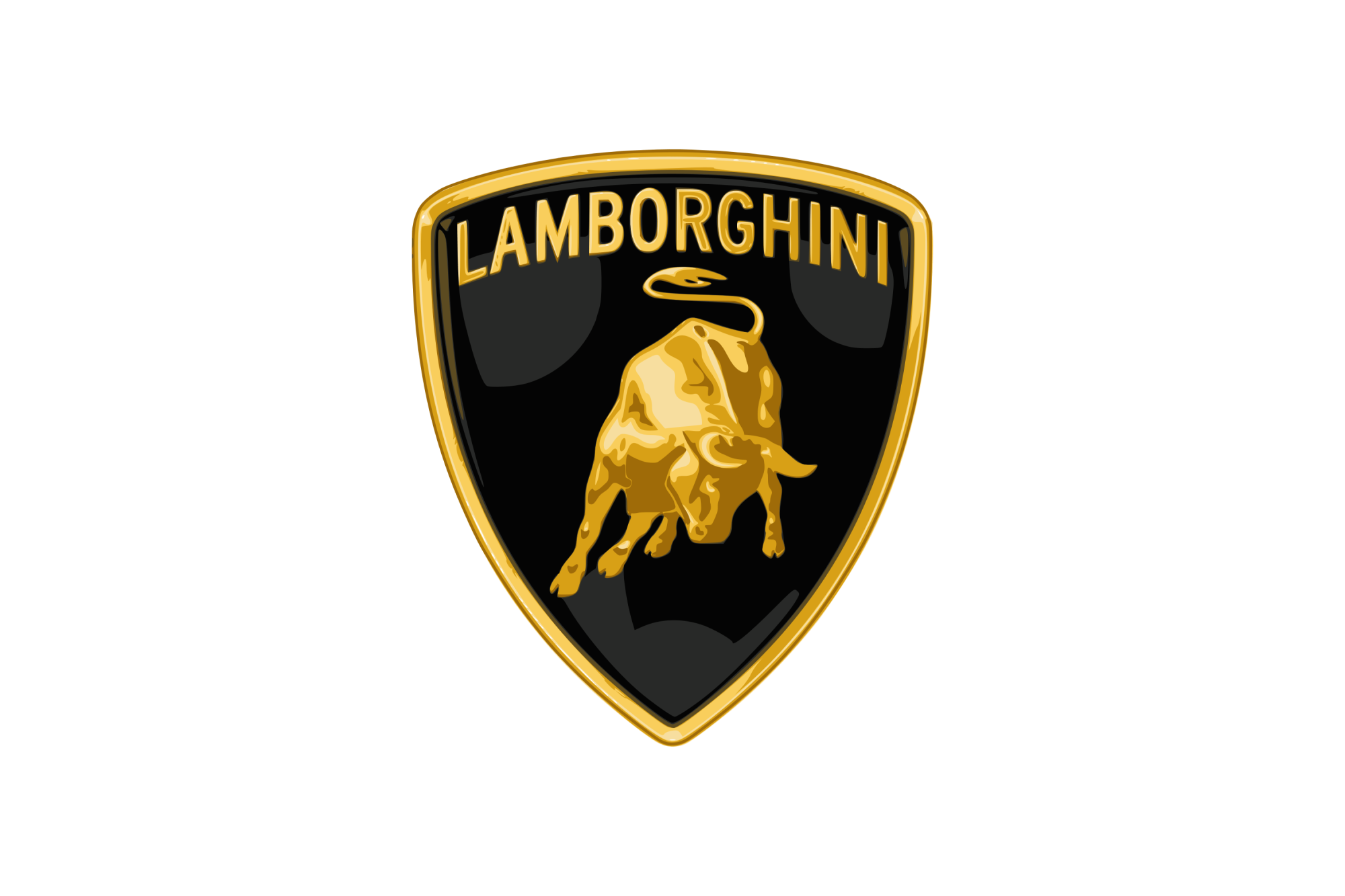 Lamborghini
Lamborghini .png) Lancia
Lancia  Land Rover
Land Rover 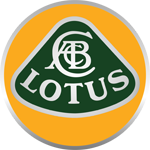 Lotus
Lotus  Maserati
Maserati  Matra Sports
Matra Sports  Mercedes-Benz
Mercedes-Benz  MG
MG .svg.png) Mini
Mini  Mitsubishi
Mitsubishi .png) Morgan
Morgan  Morris
Morris  Nash Healey
Nash Healey .png) Nissan
Nissan  NSU
NSU 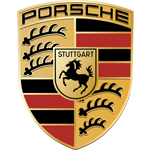 Porsche
Porsche  Renault
Renault 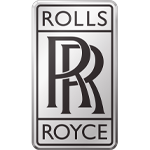 Rolls-Royce
Rolls-Royce 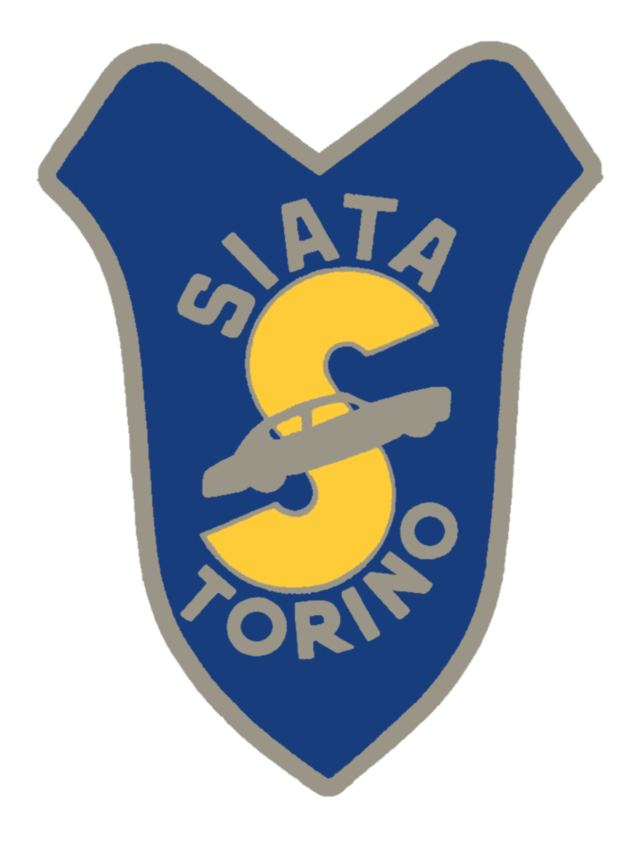 Siata
Siata  Simca
Simca .png) Studebaker
Studebaker  Subaru
Subaru 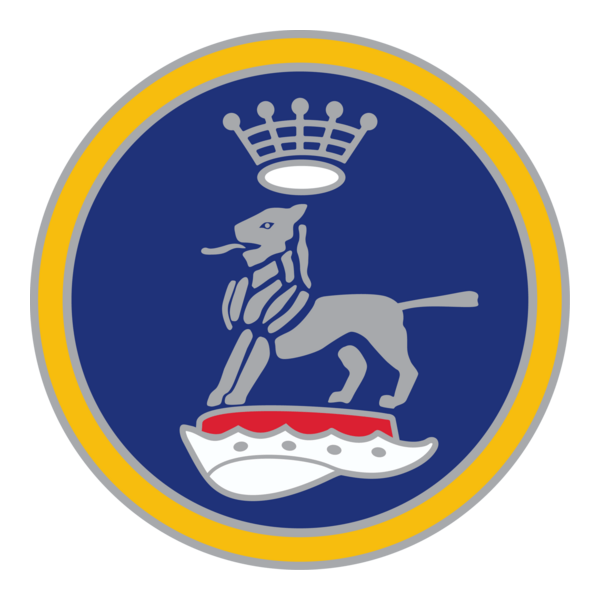 Sunbeam
Sunbeam  Triumph
Triumph  Volkswagen
Volkswagen 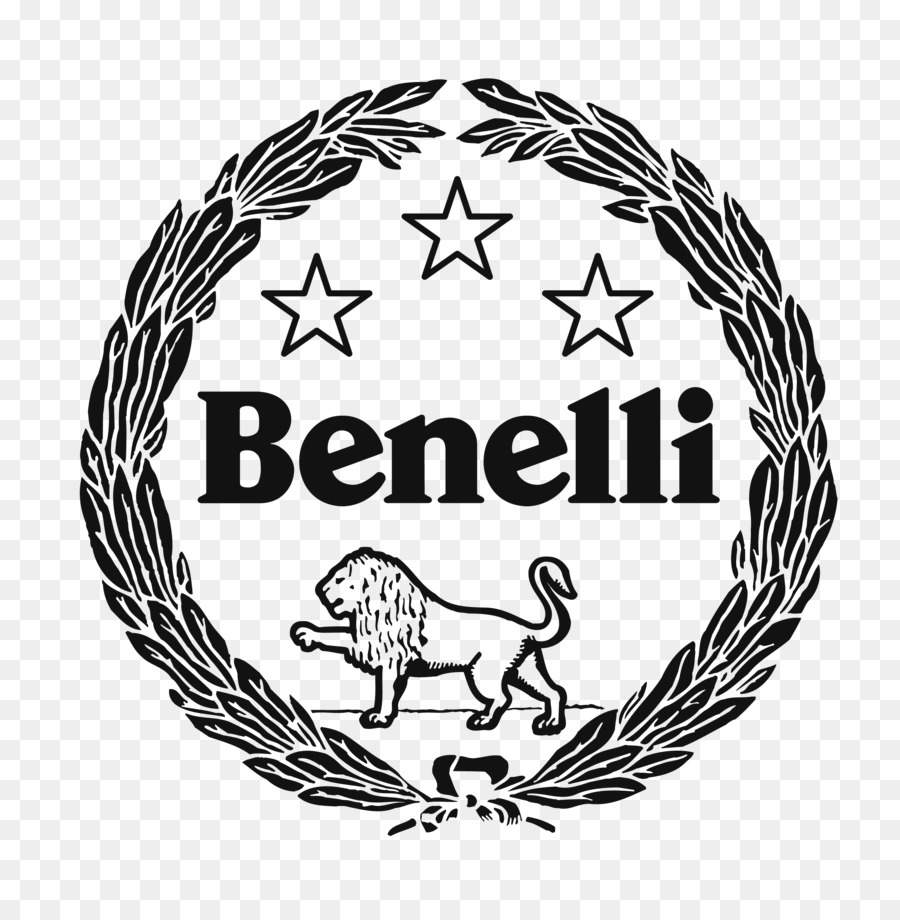 Benelli
Benelli .svg.png) Honda
Honda  Kawasaki
Kawasaki 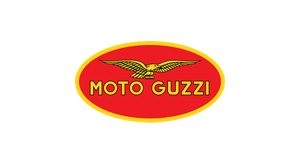 Moto Guzzi
Moto Guzzi .png) NSU
NSU  Ossa
Ossa  Polaris
Polaris  Royal Enfield
Royal Enfield  Suzuki
Suzuki  SWM
SWM  Yamaha
Yamaha 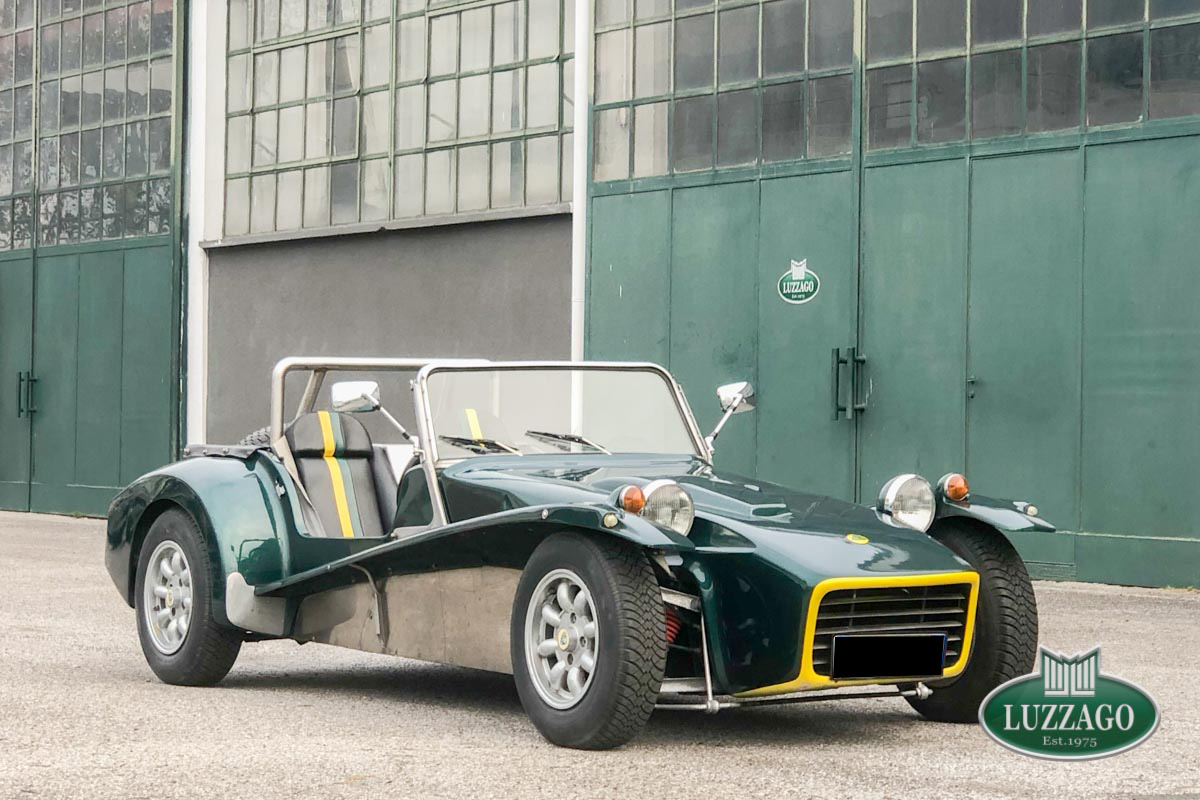
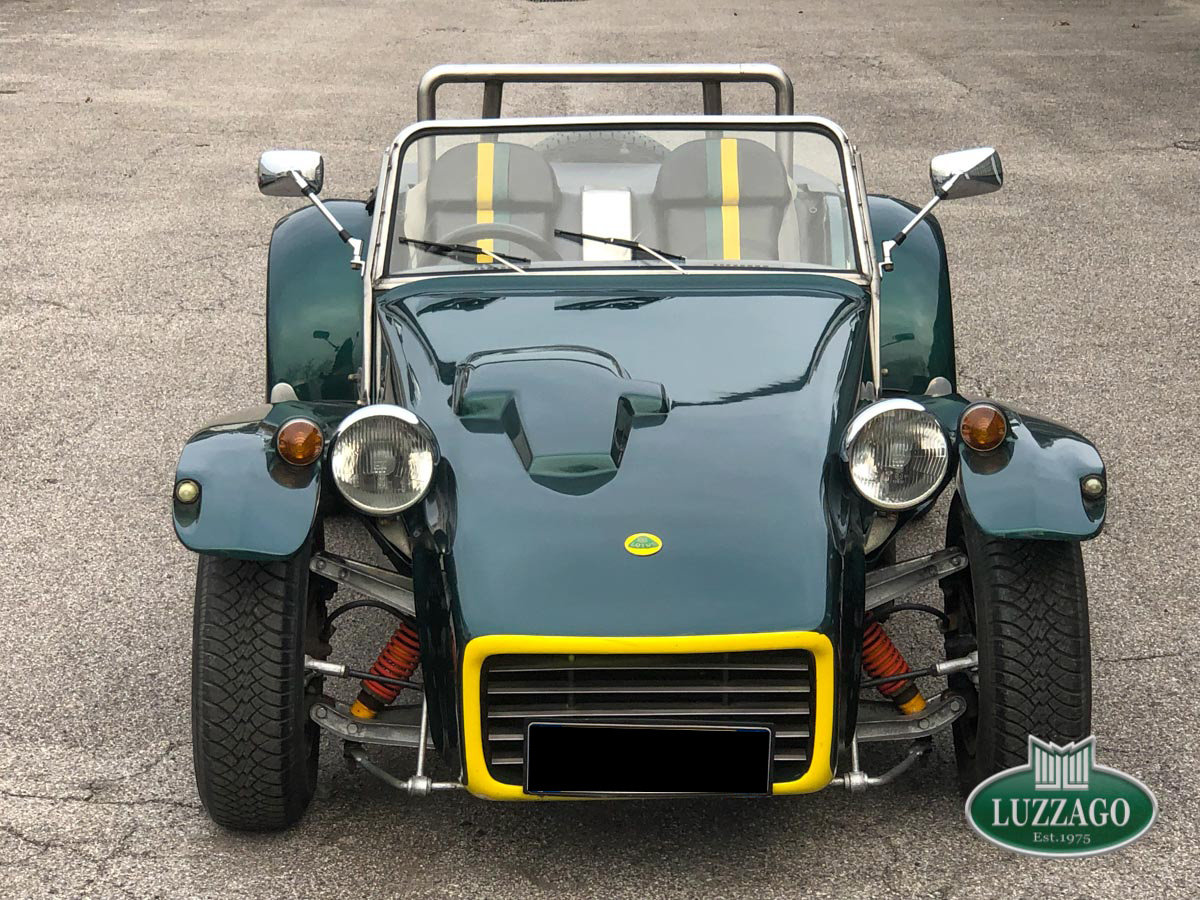
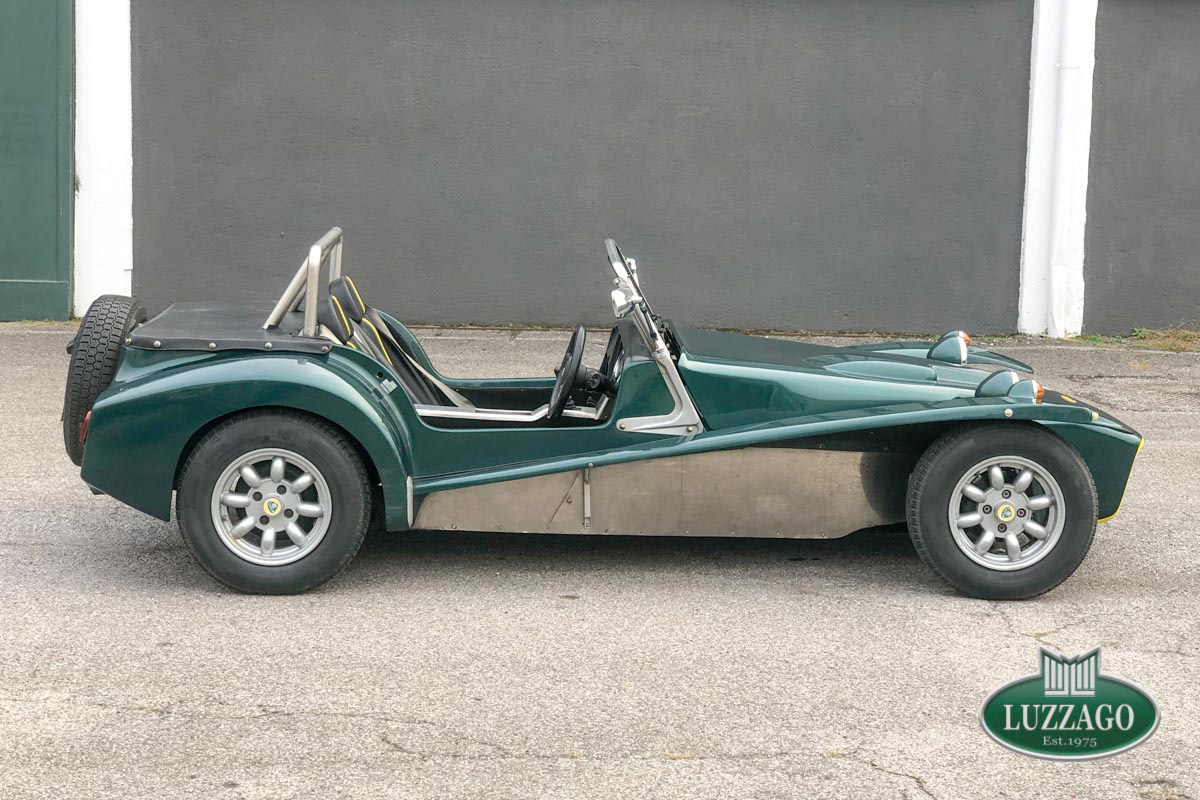

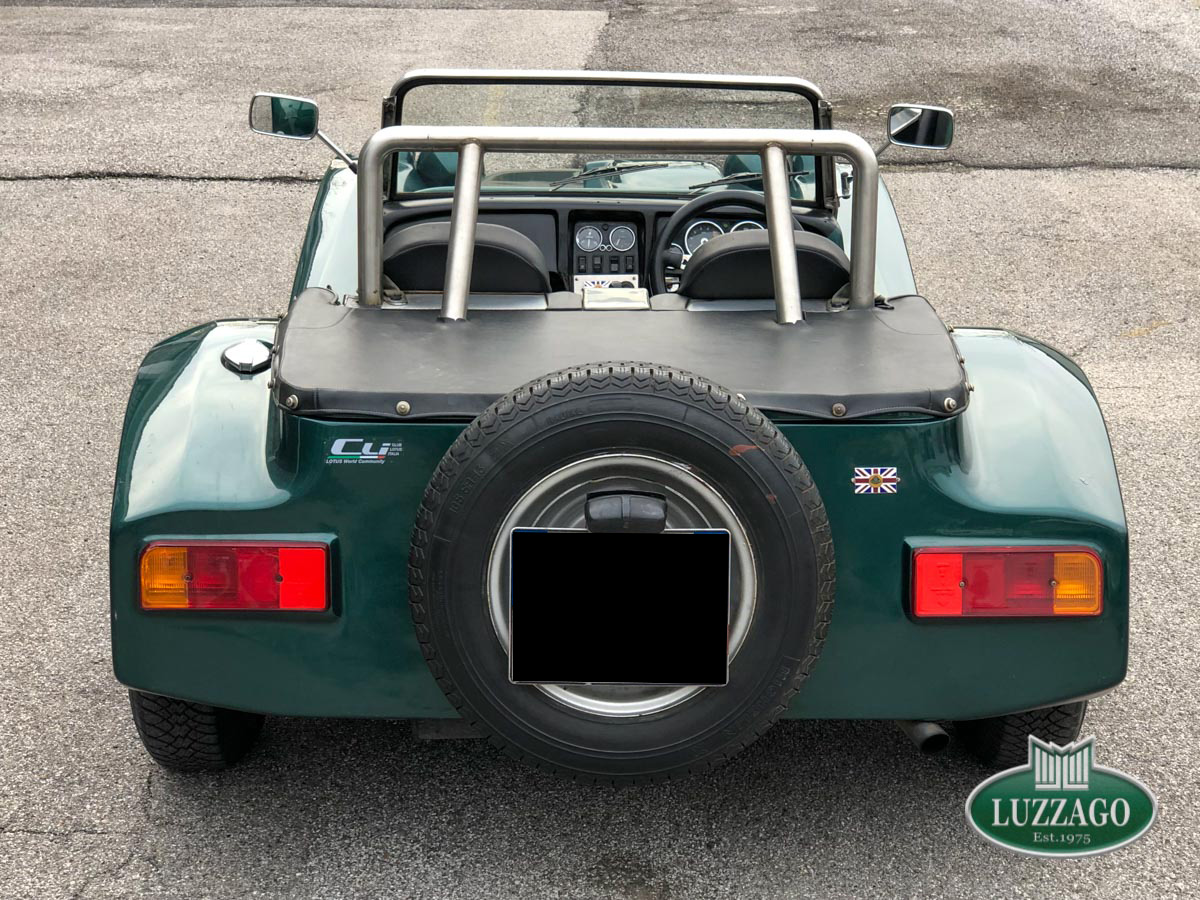
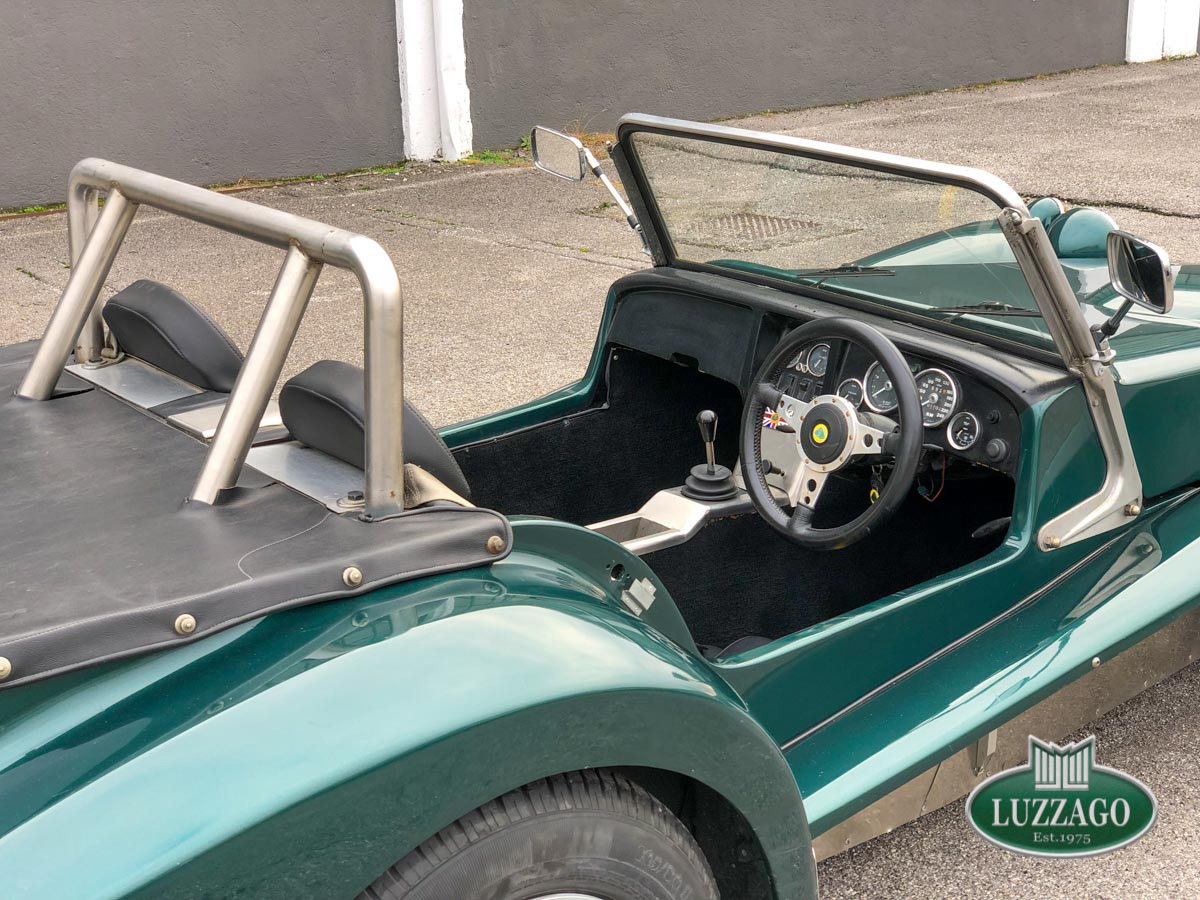
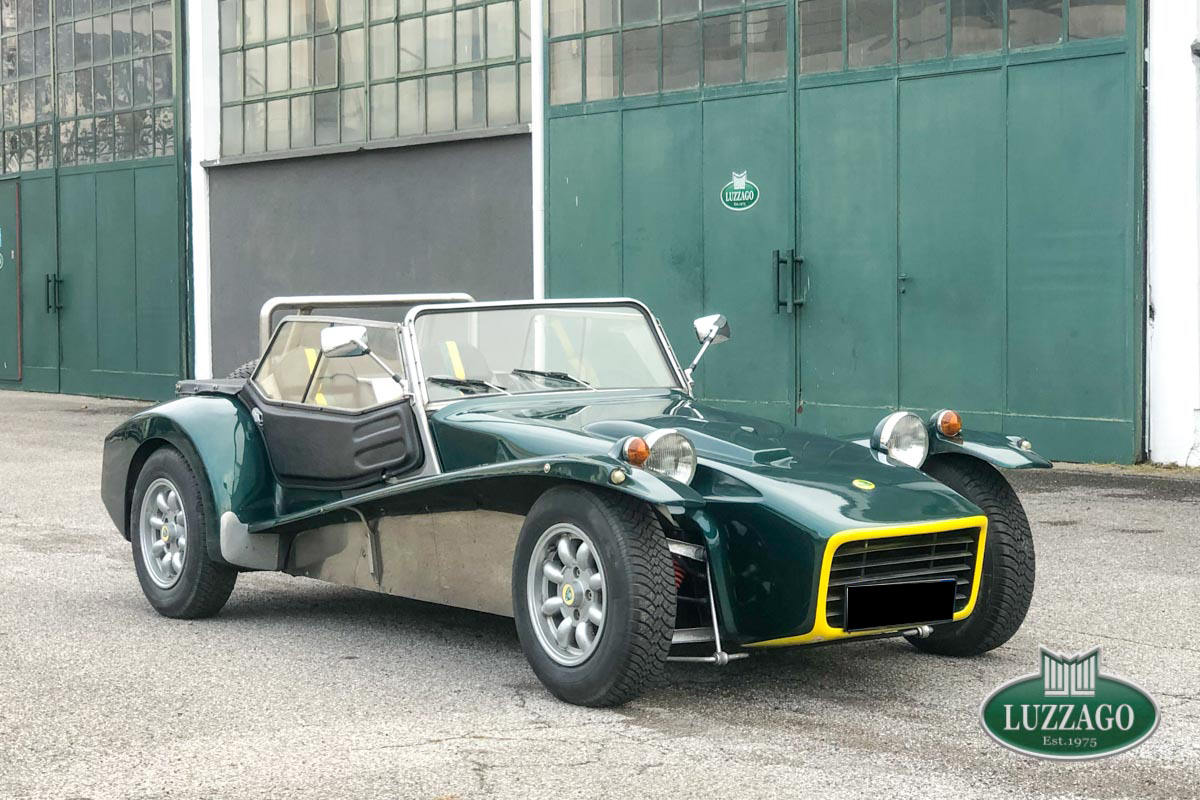
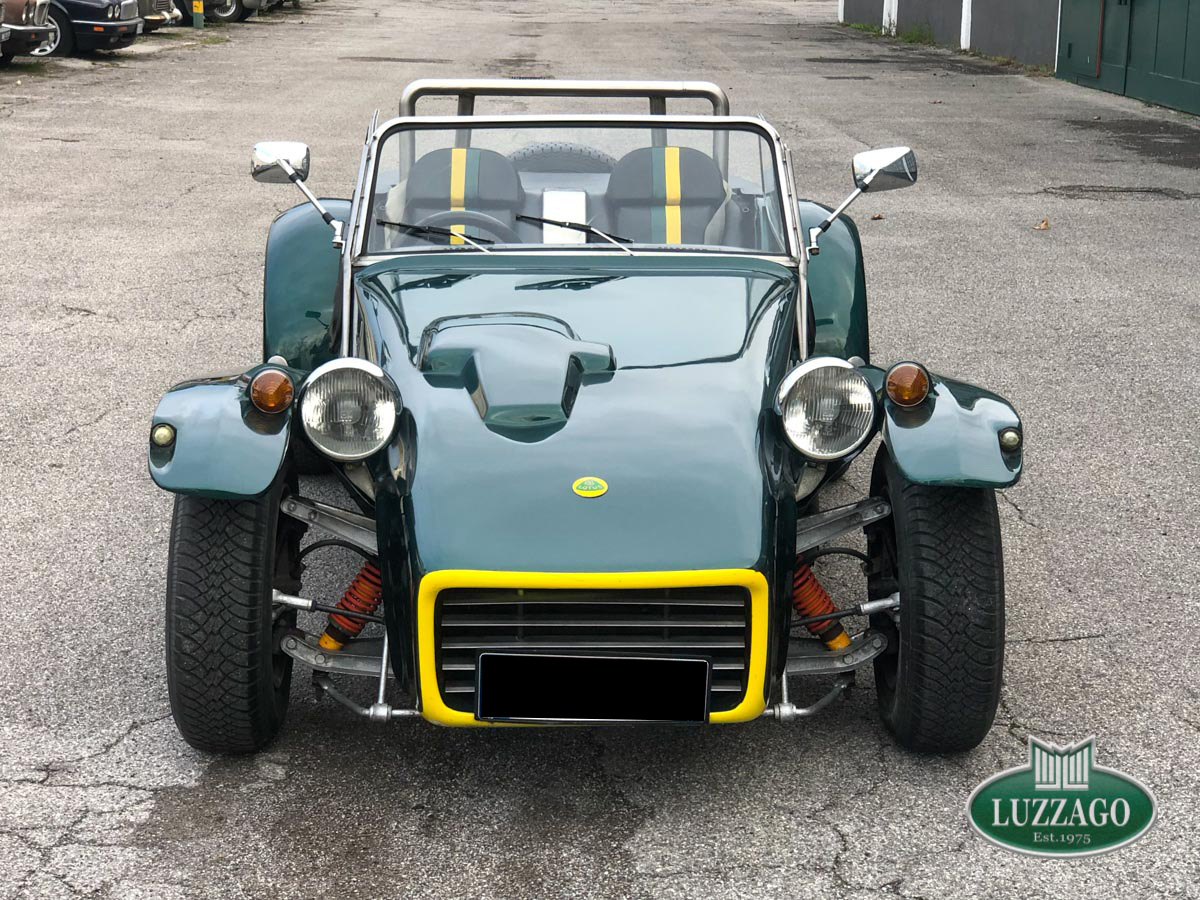
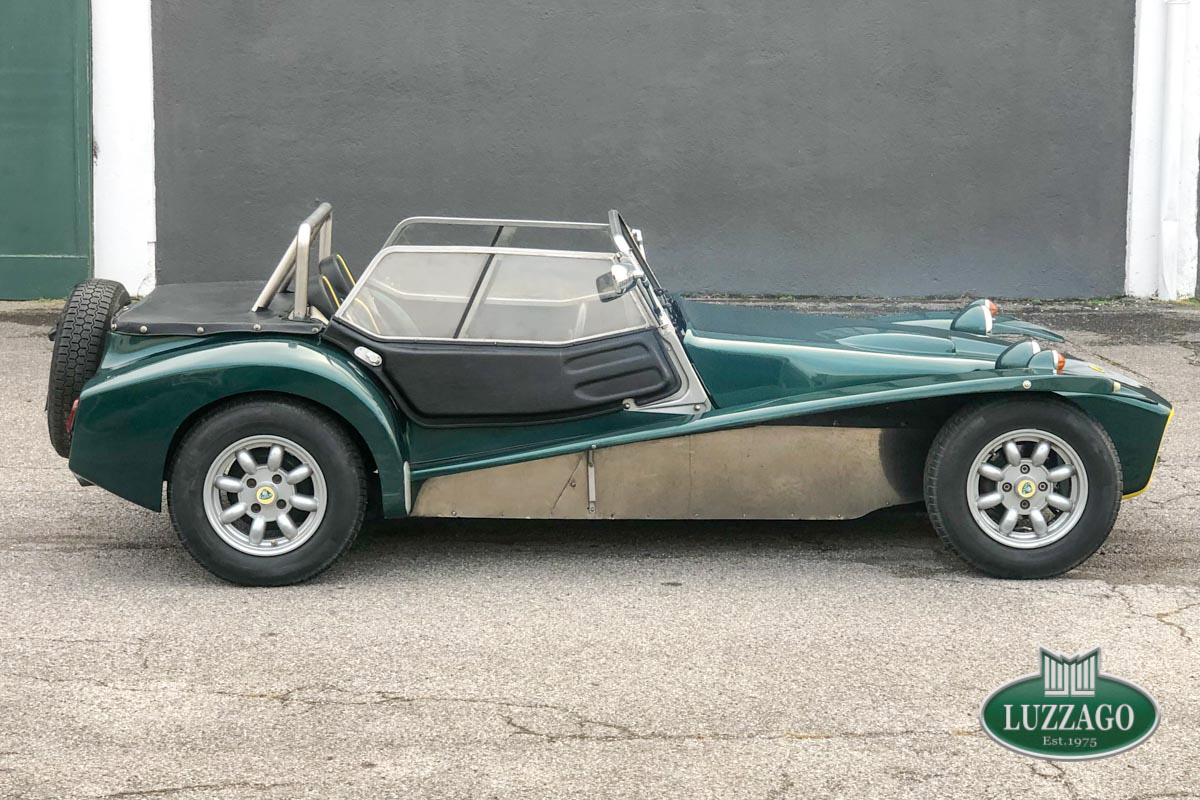
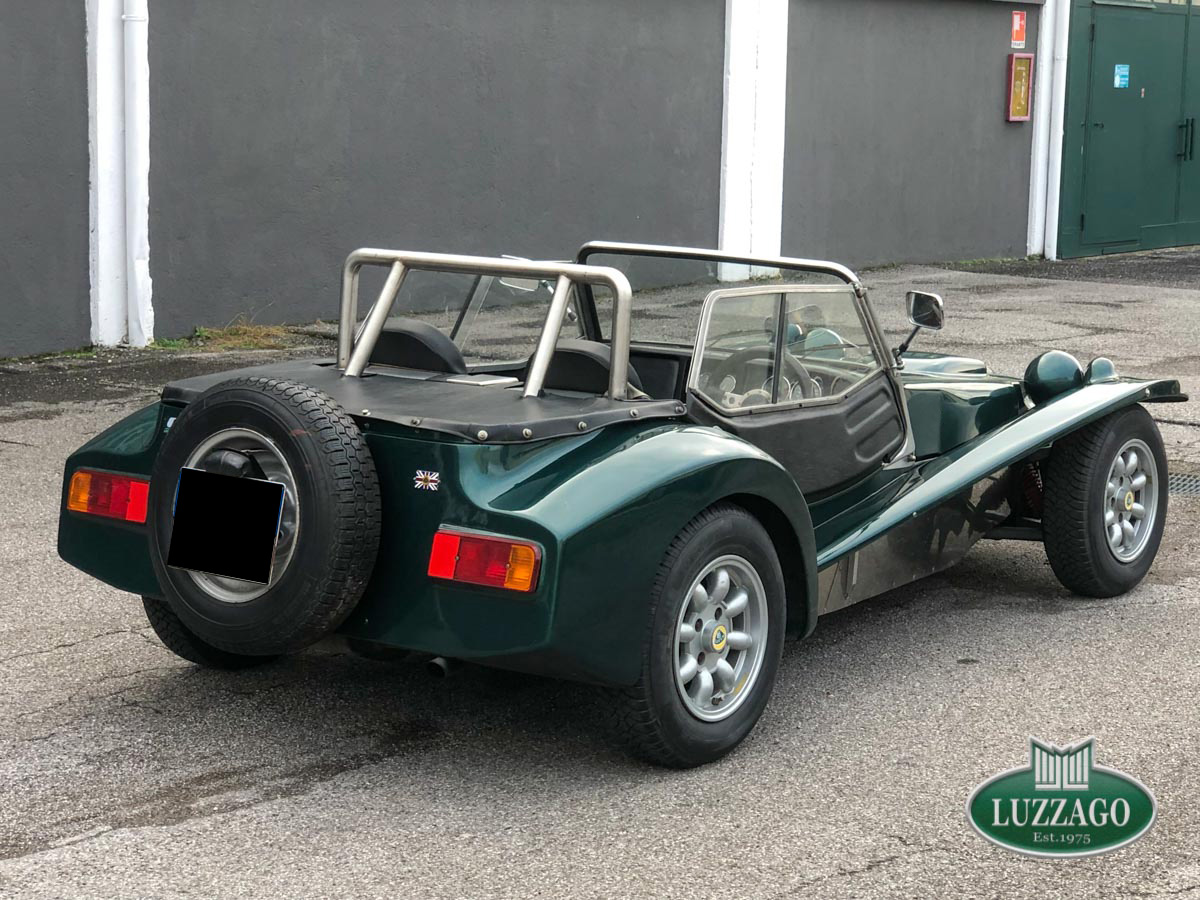
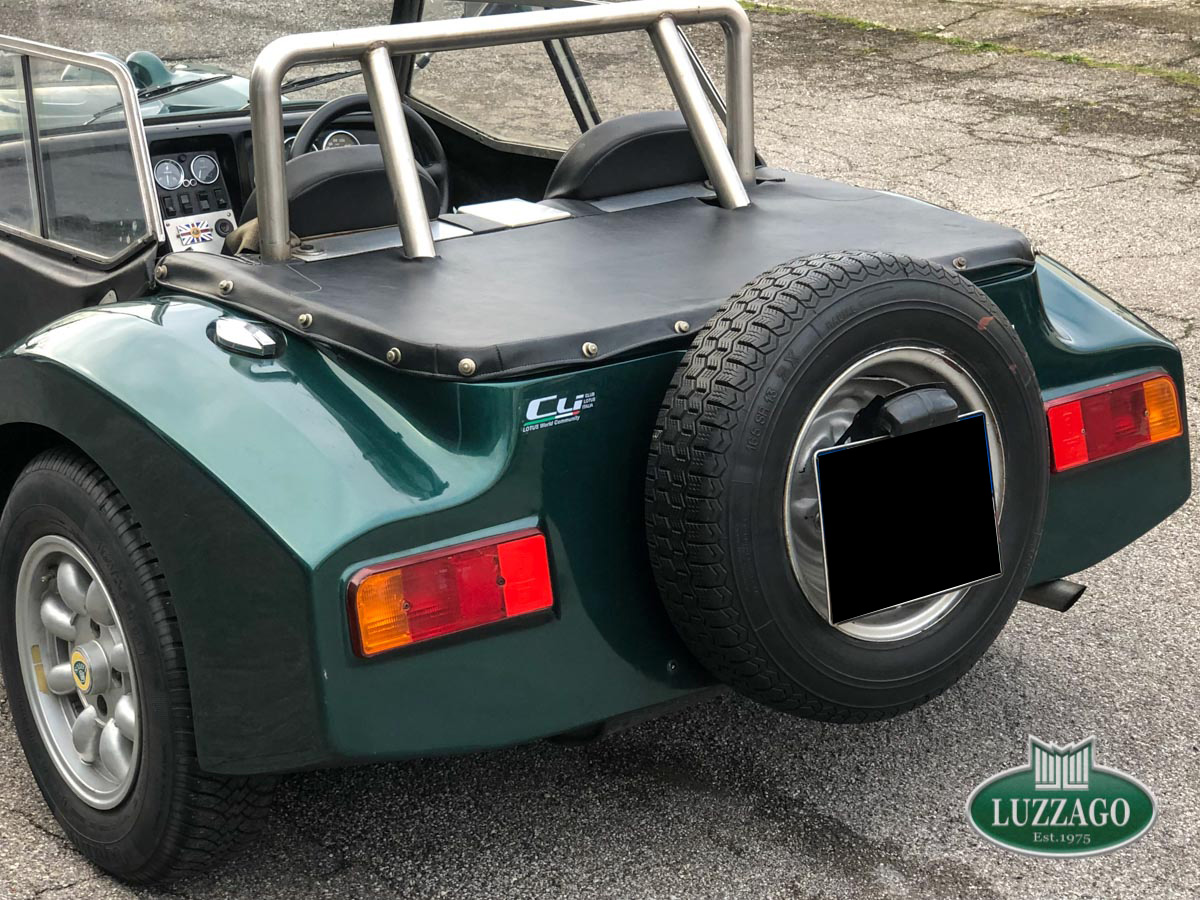
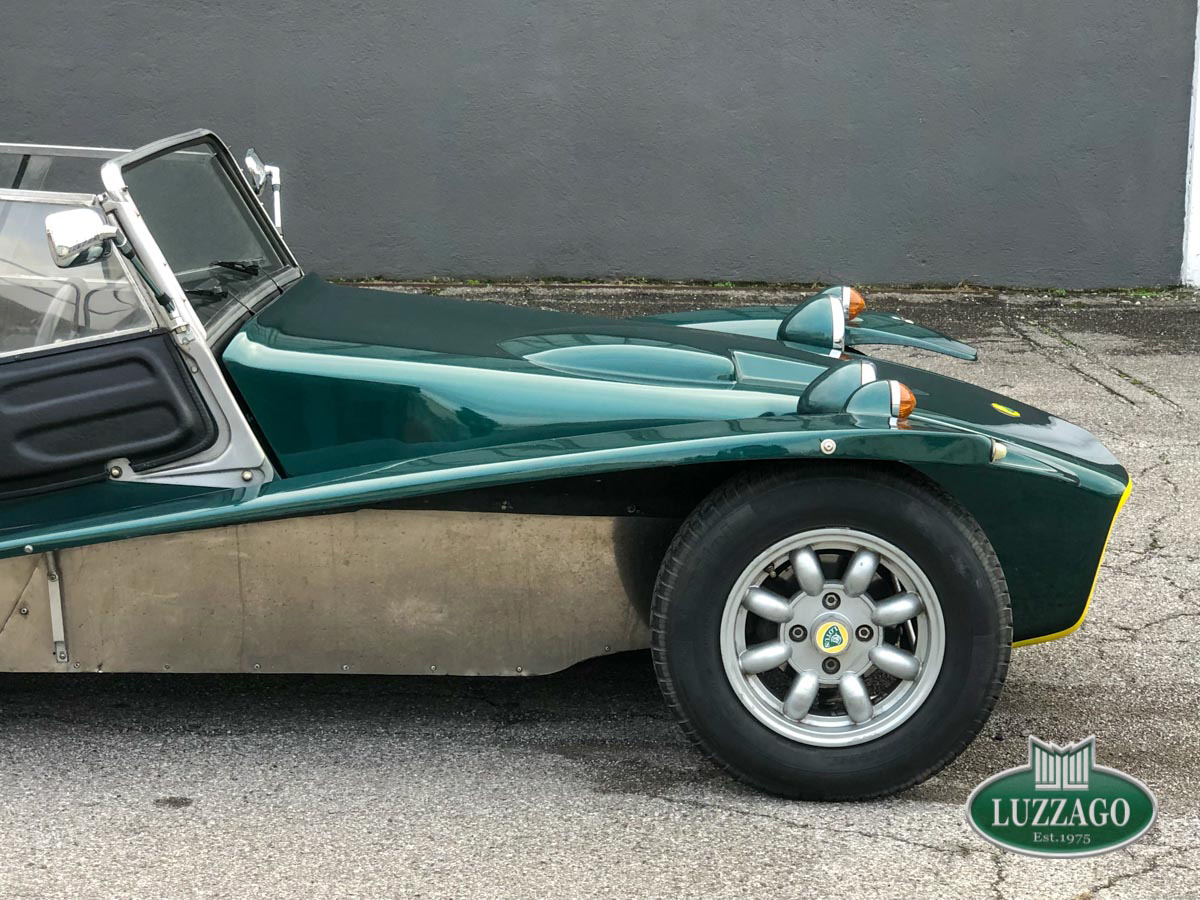
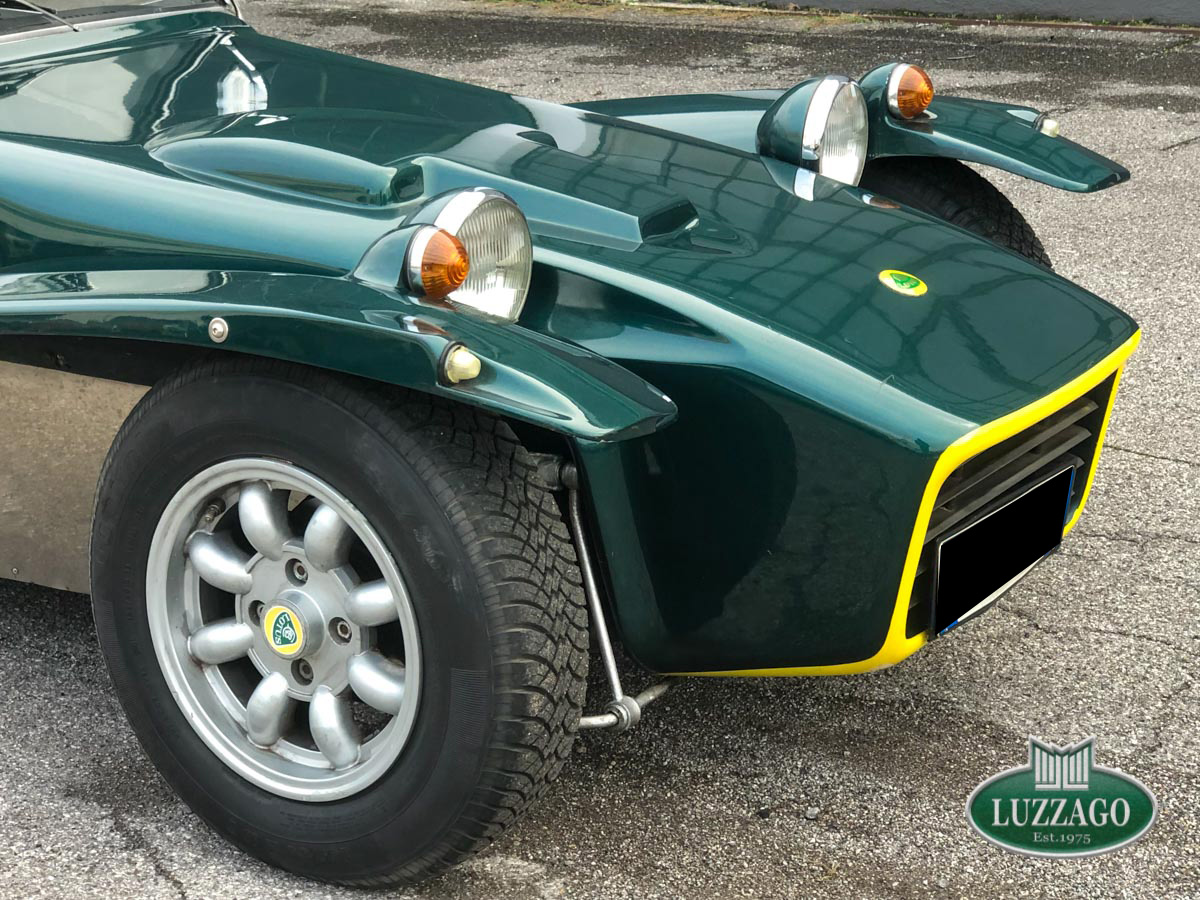
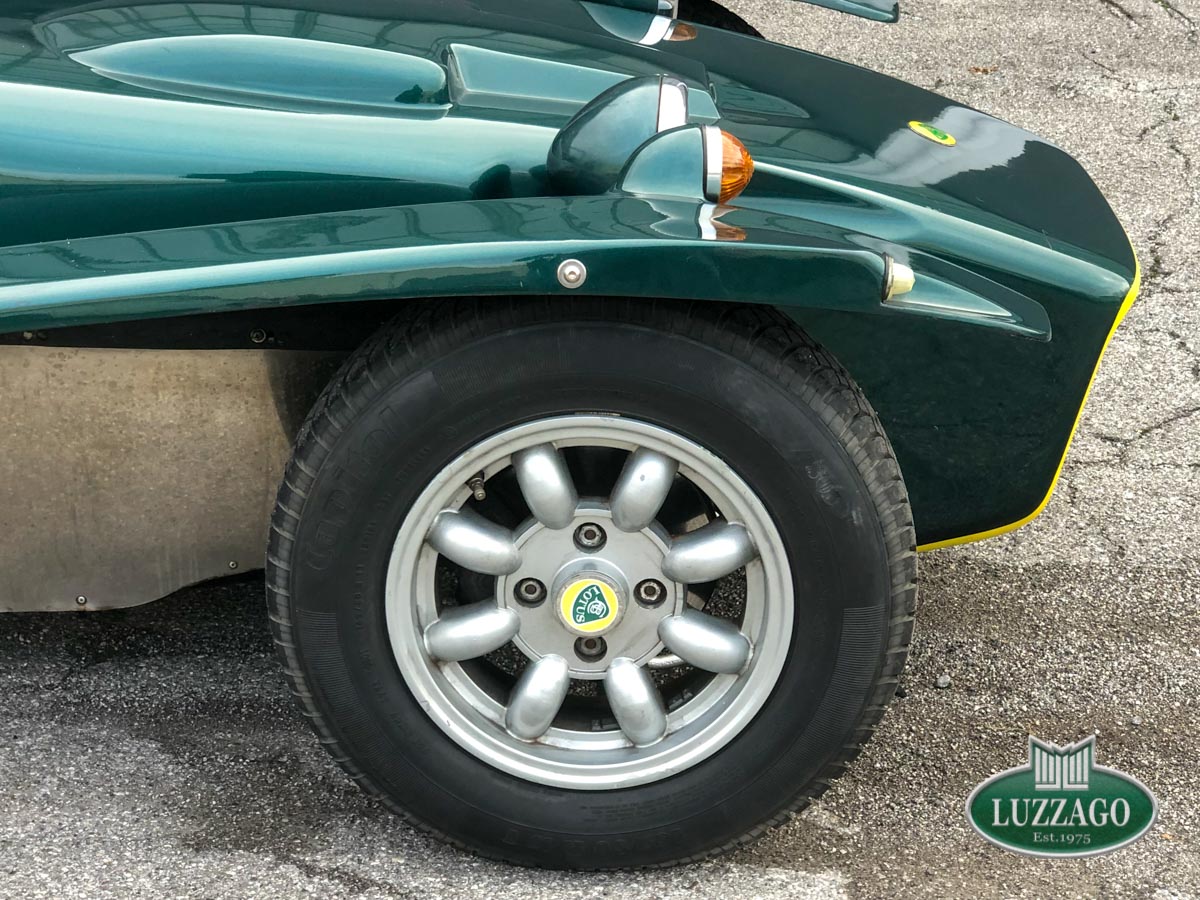
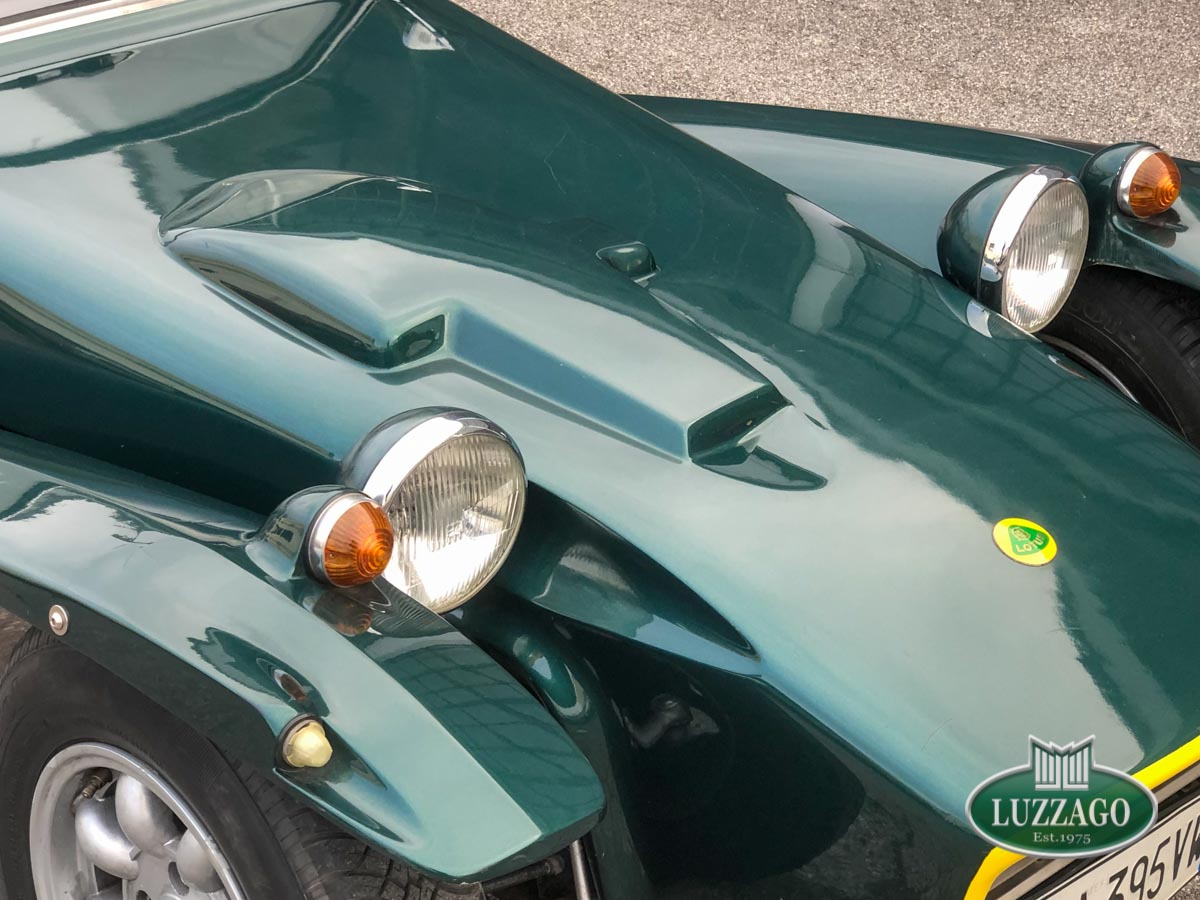
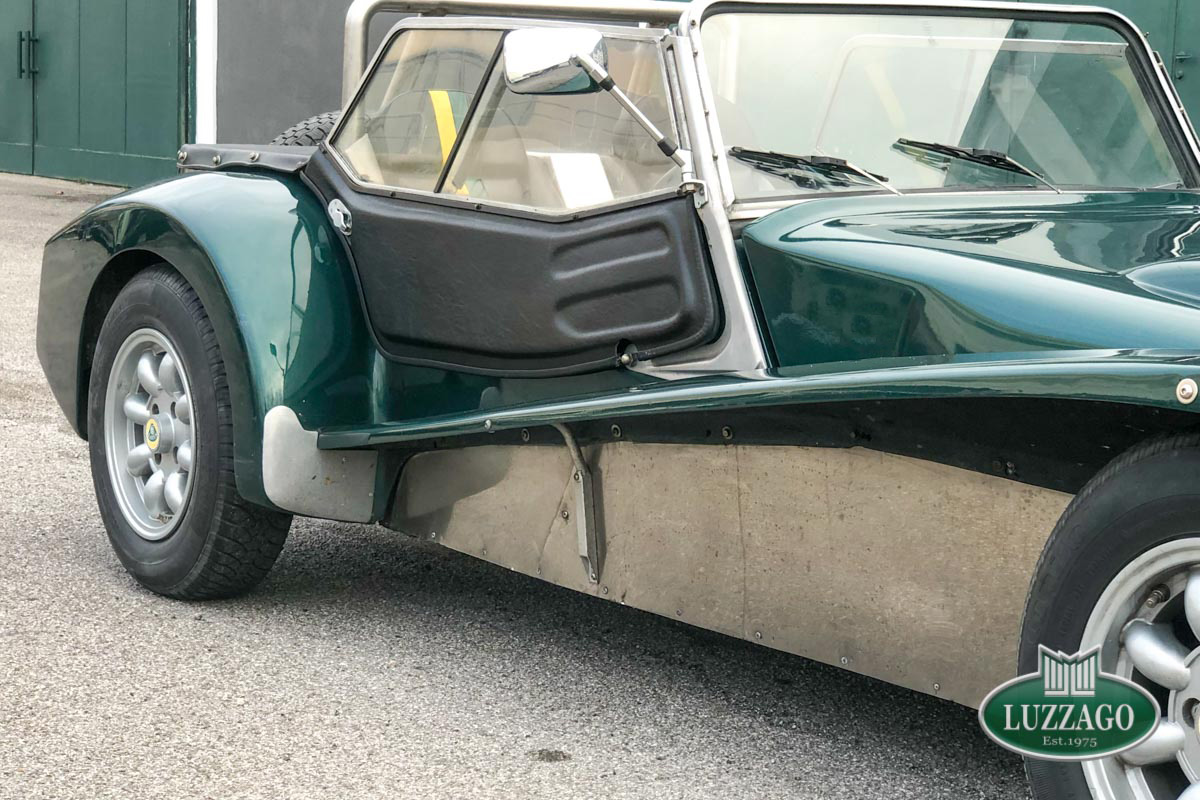
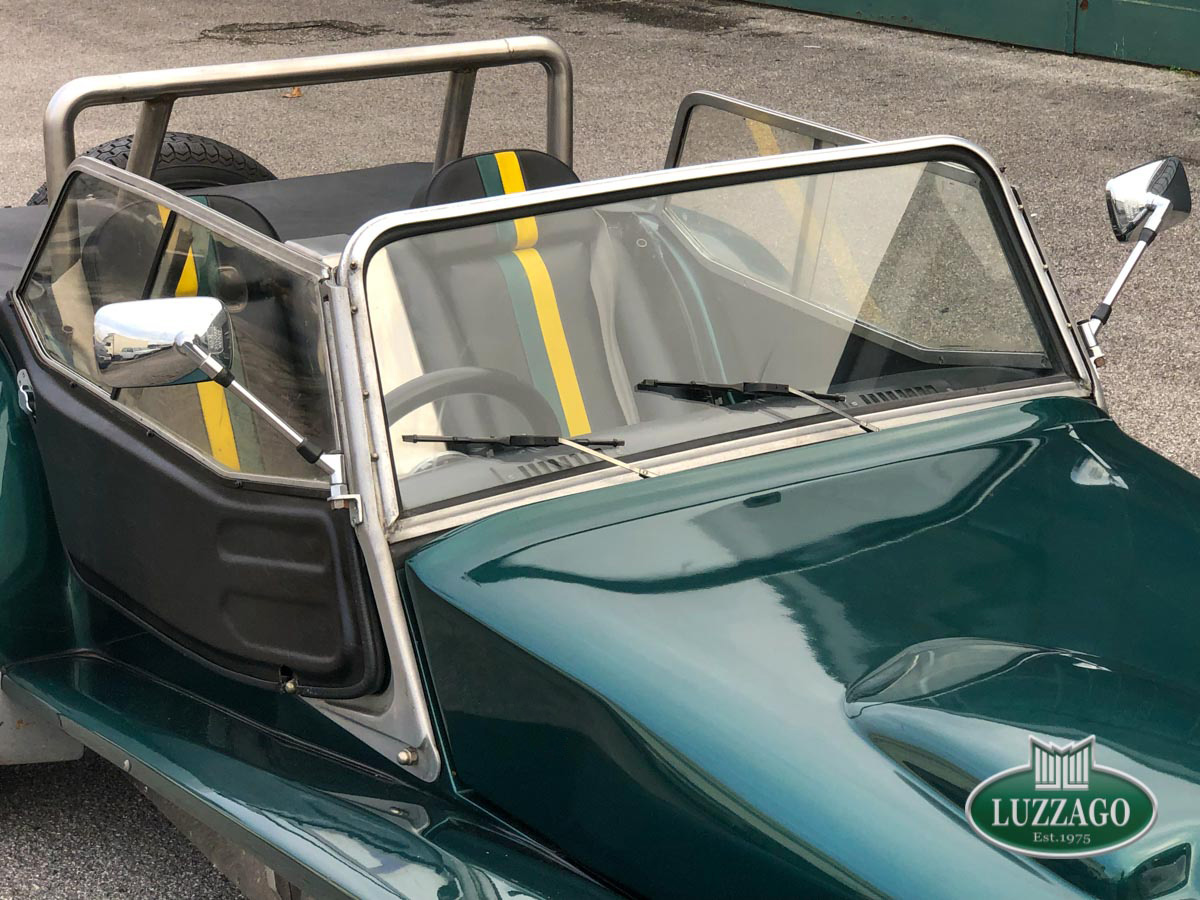
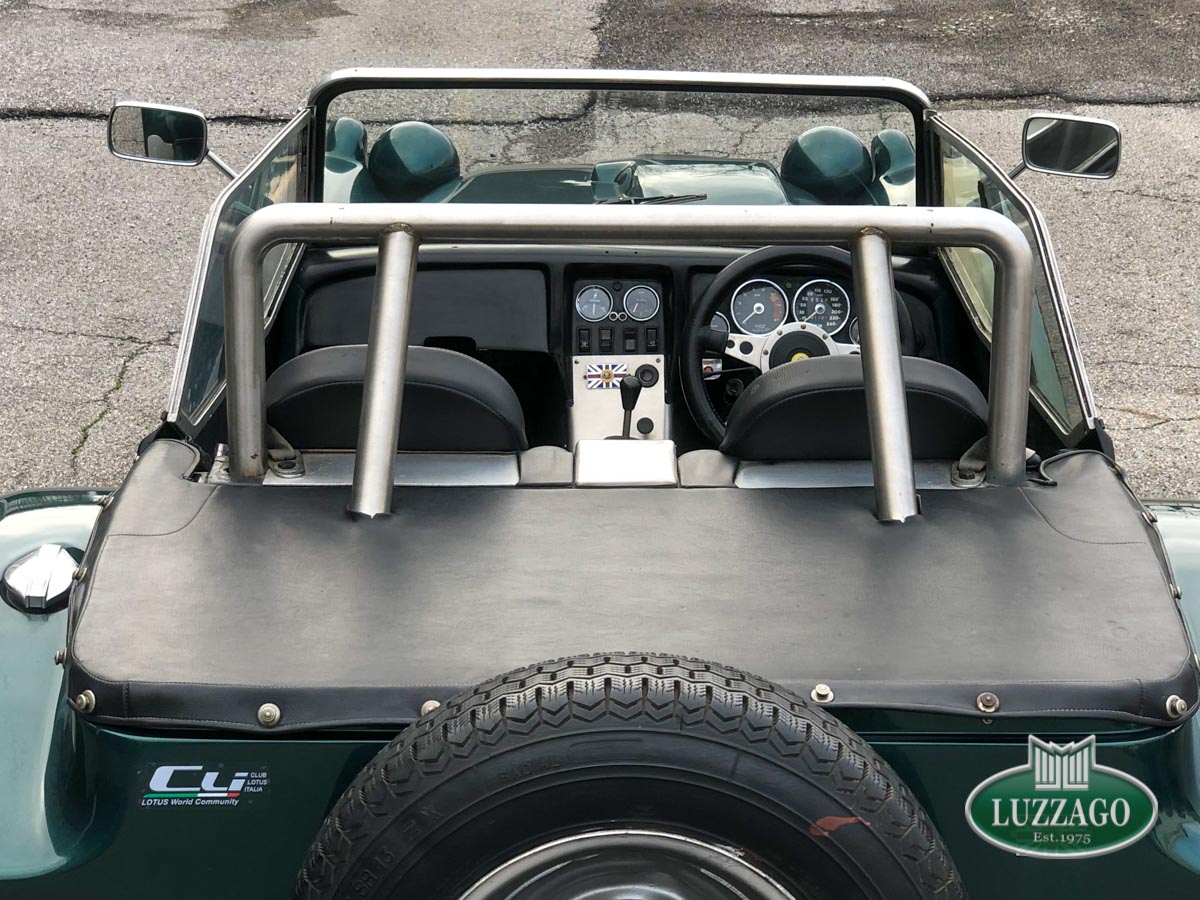
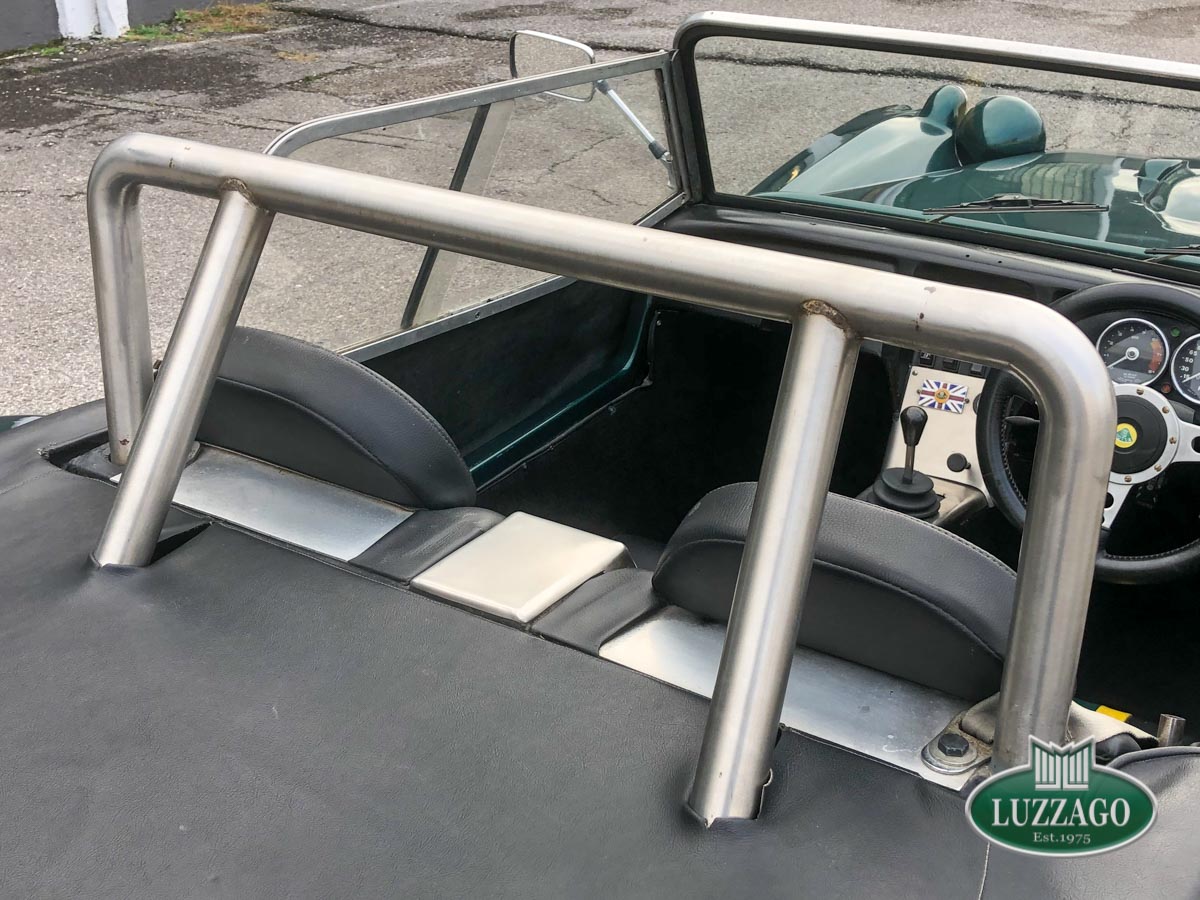
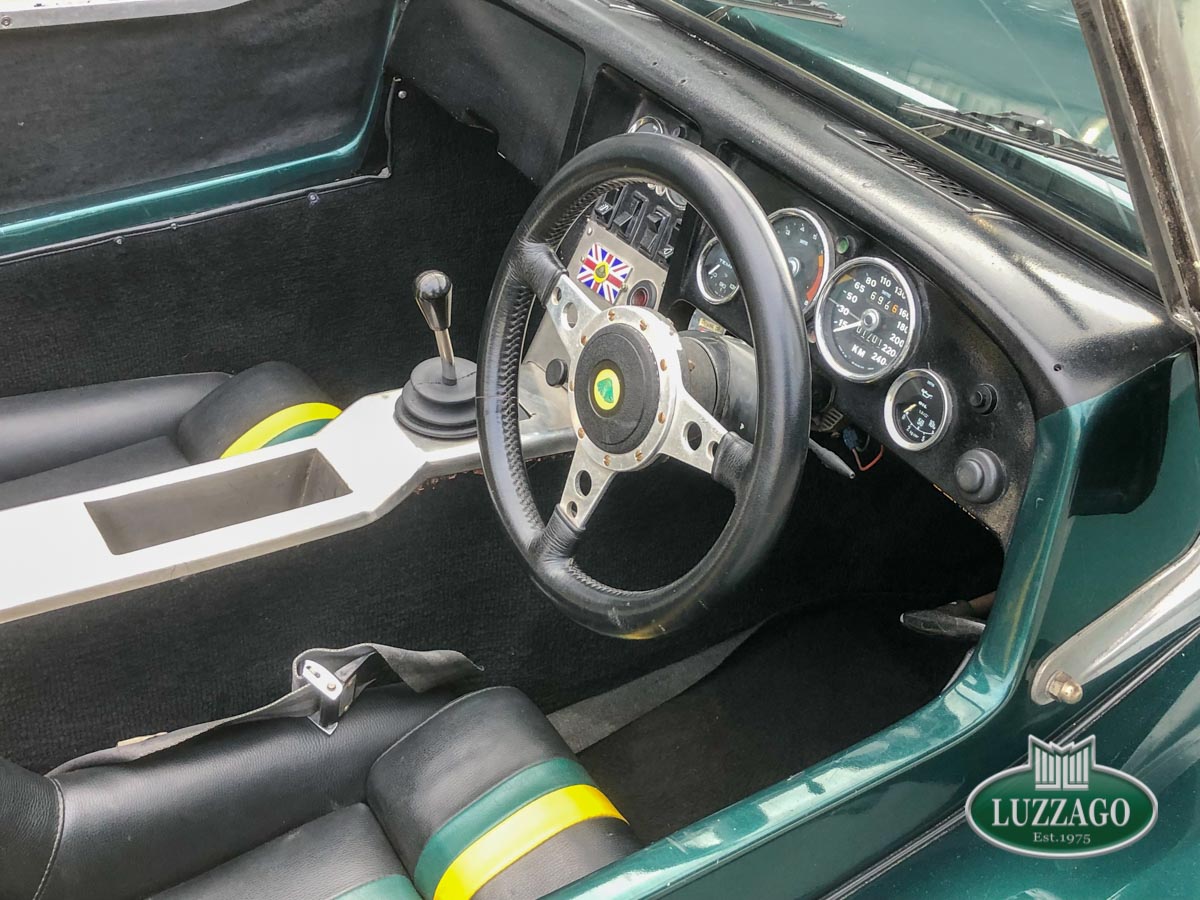
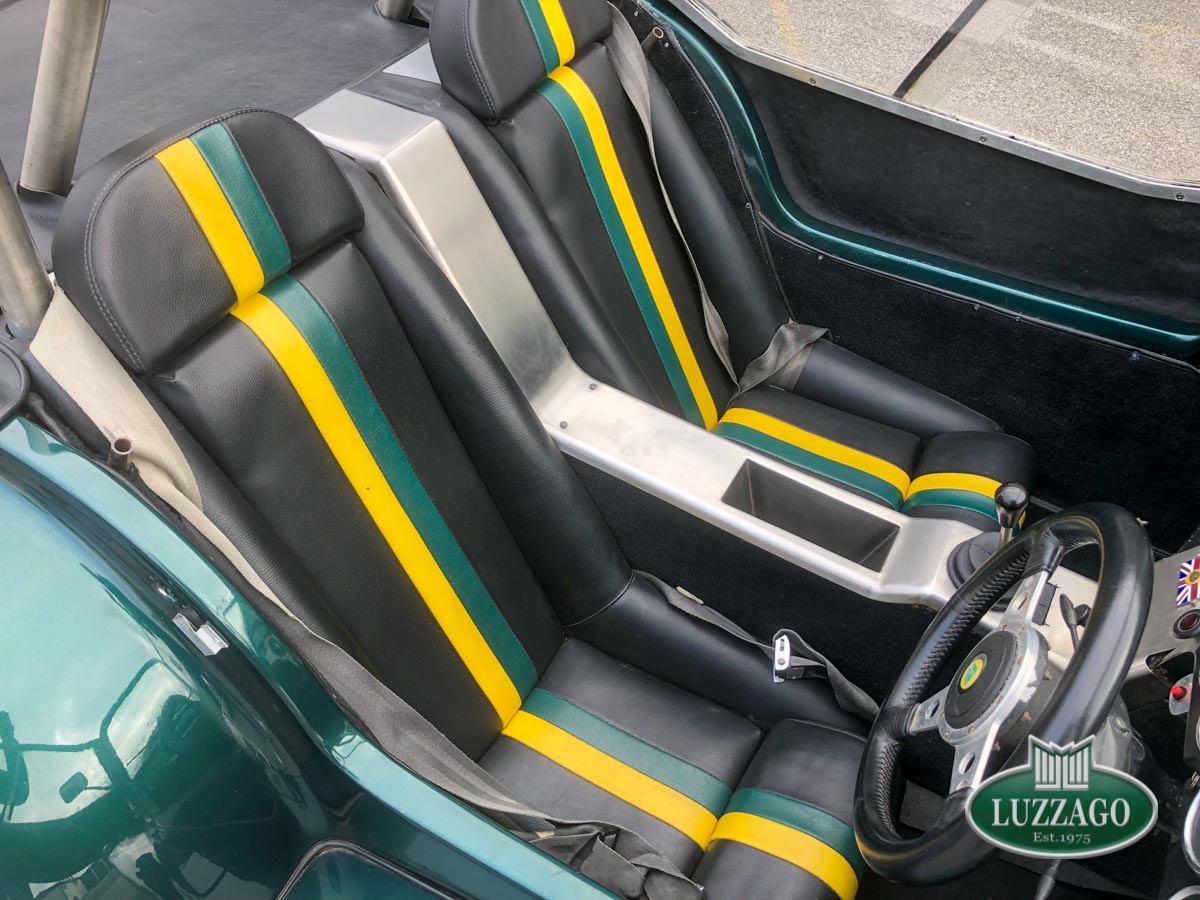
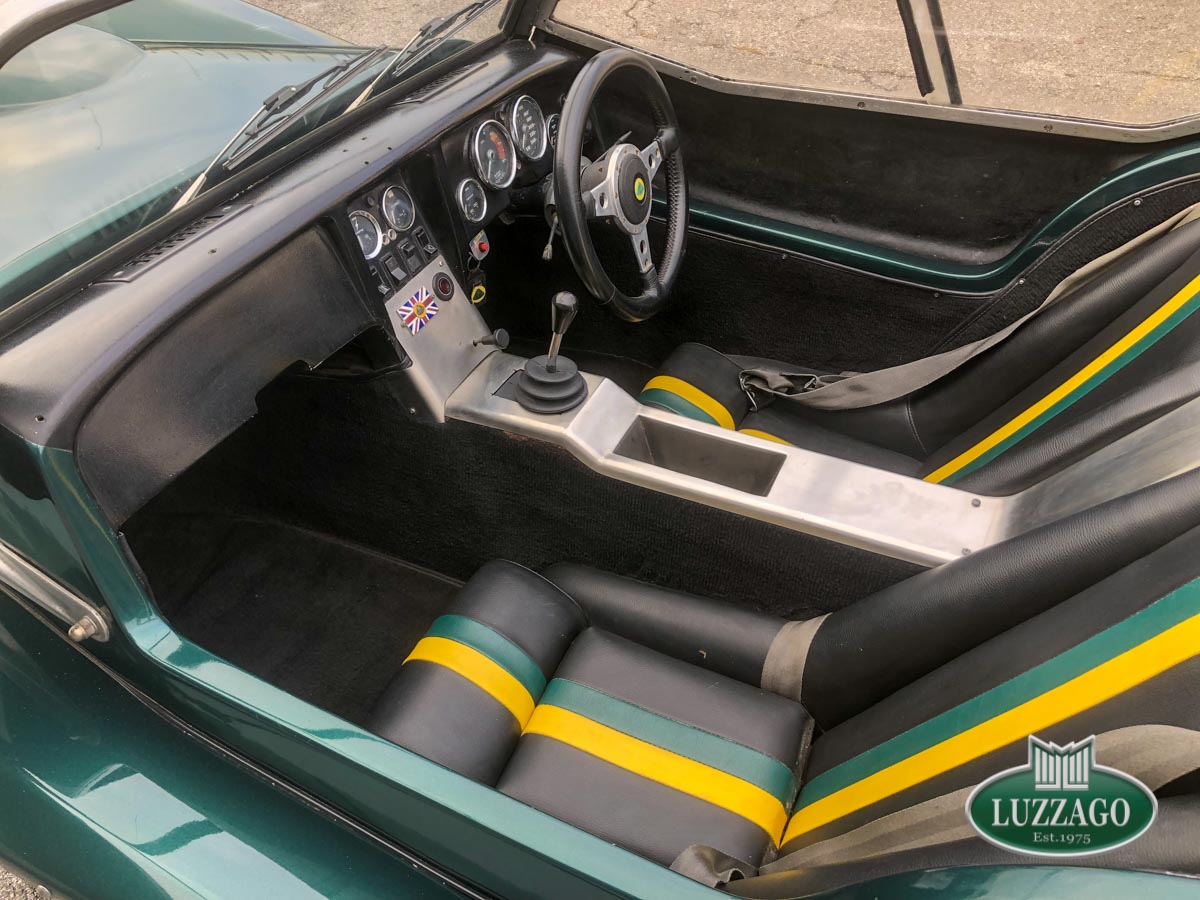
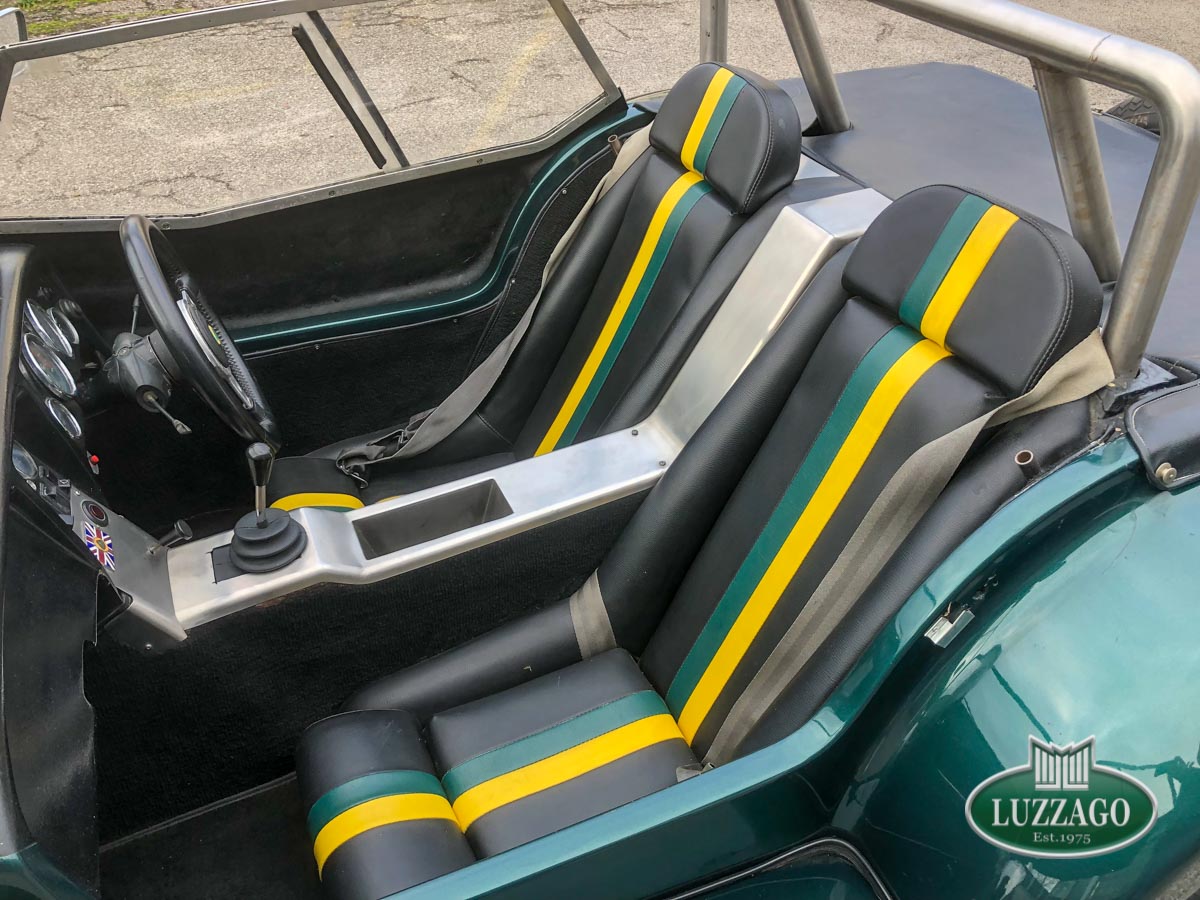
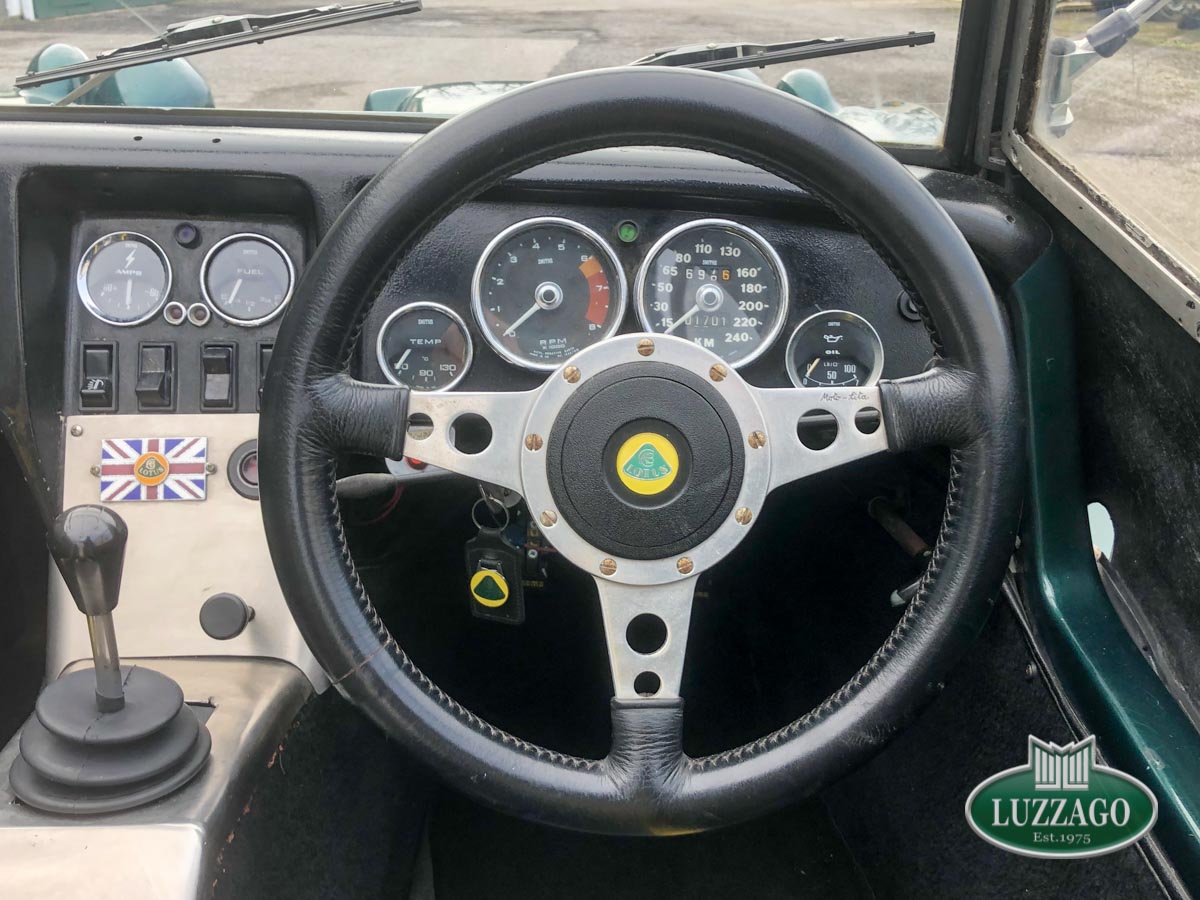
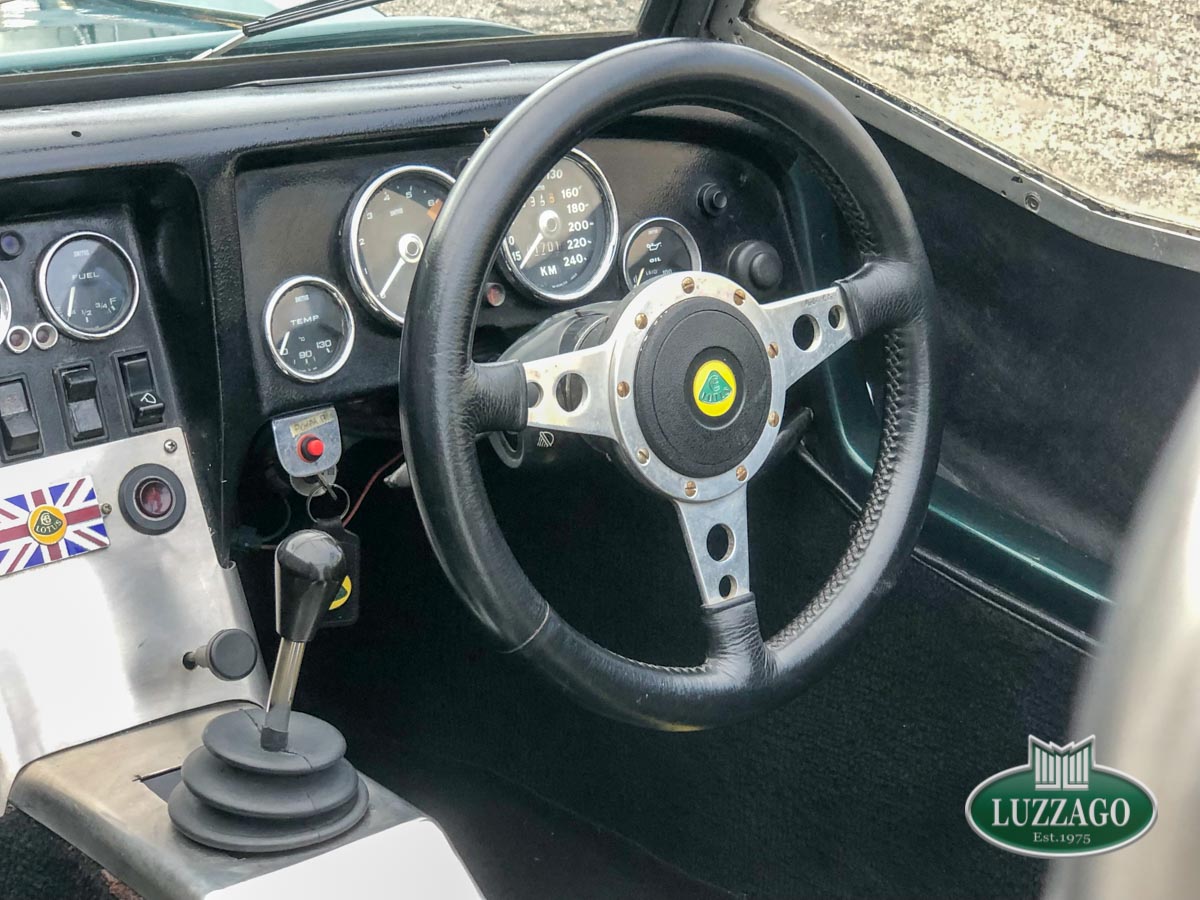
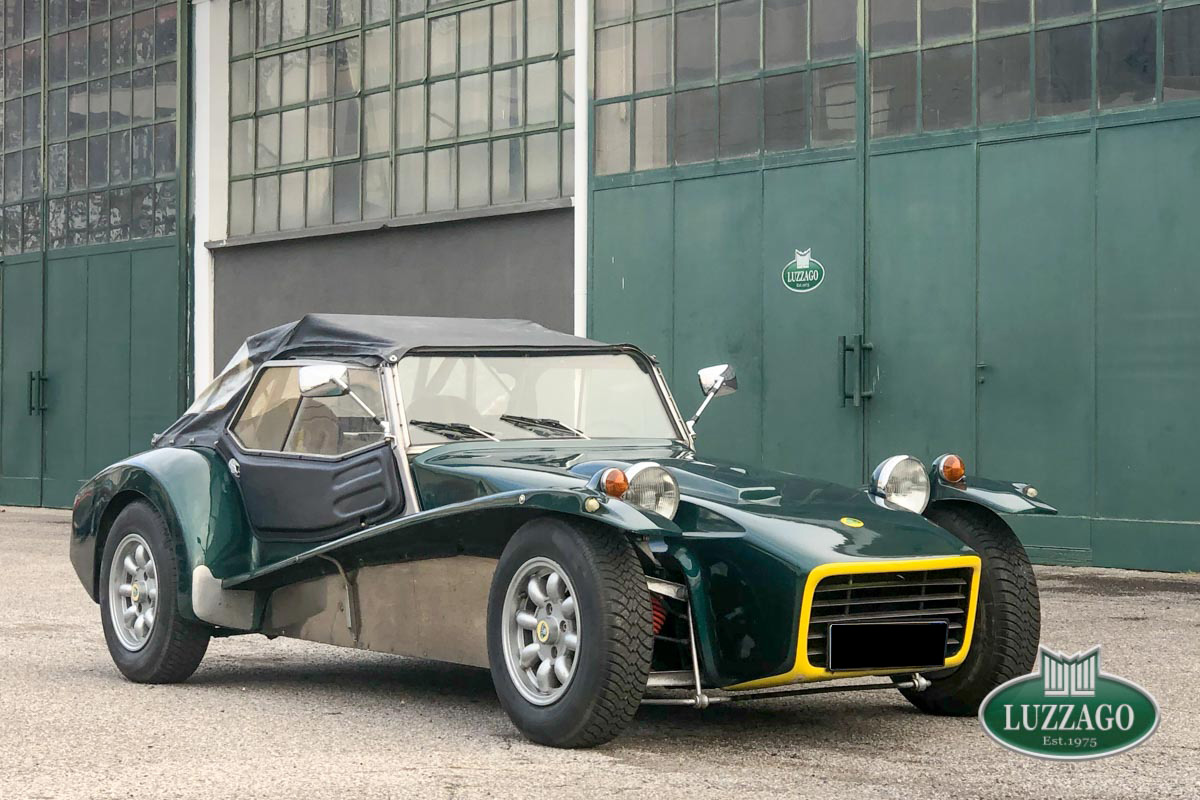
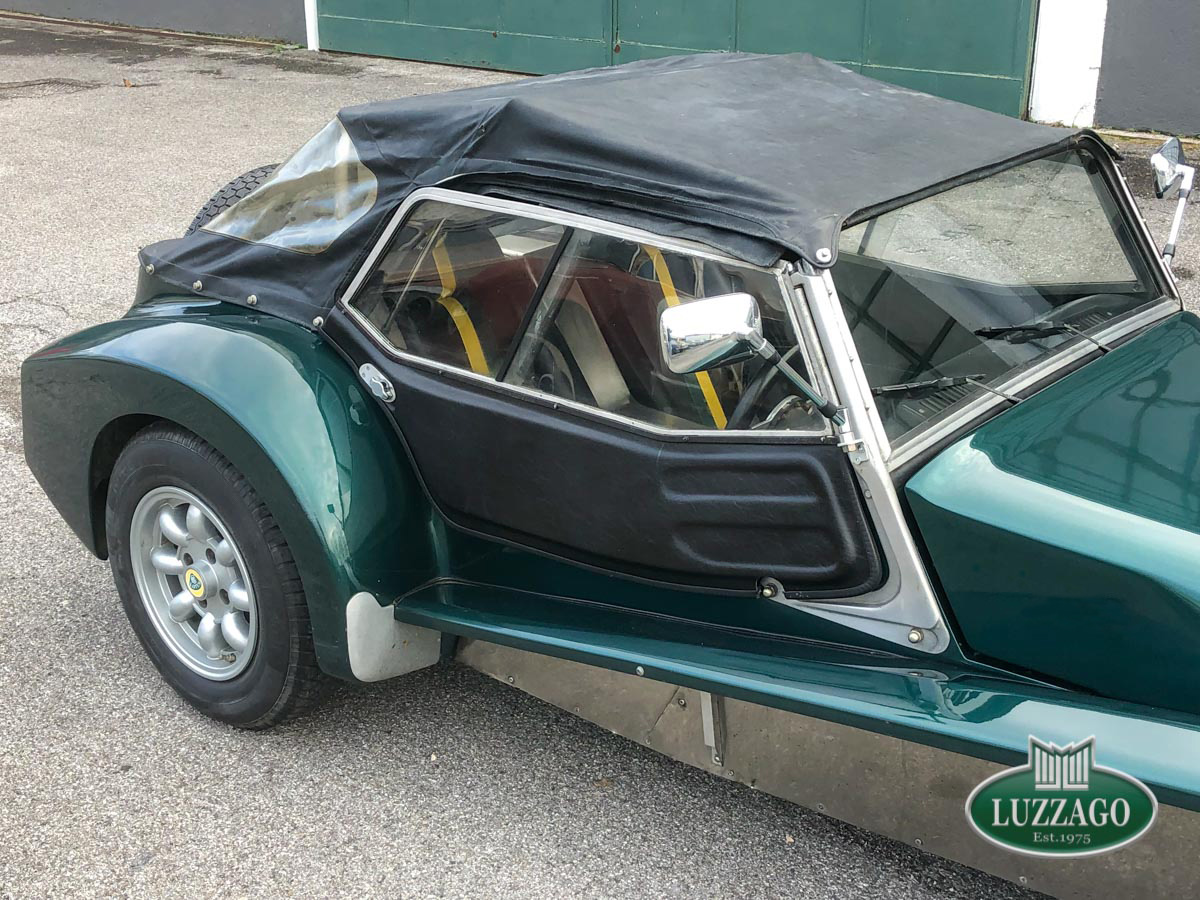
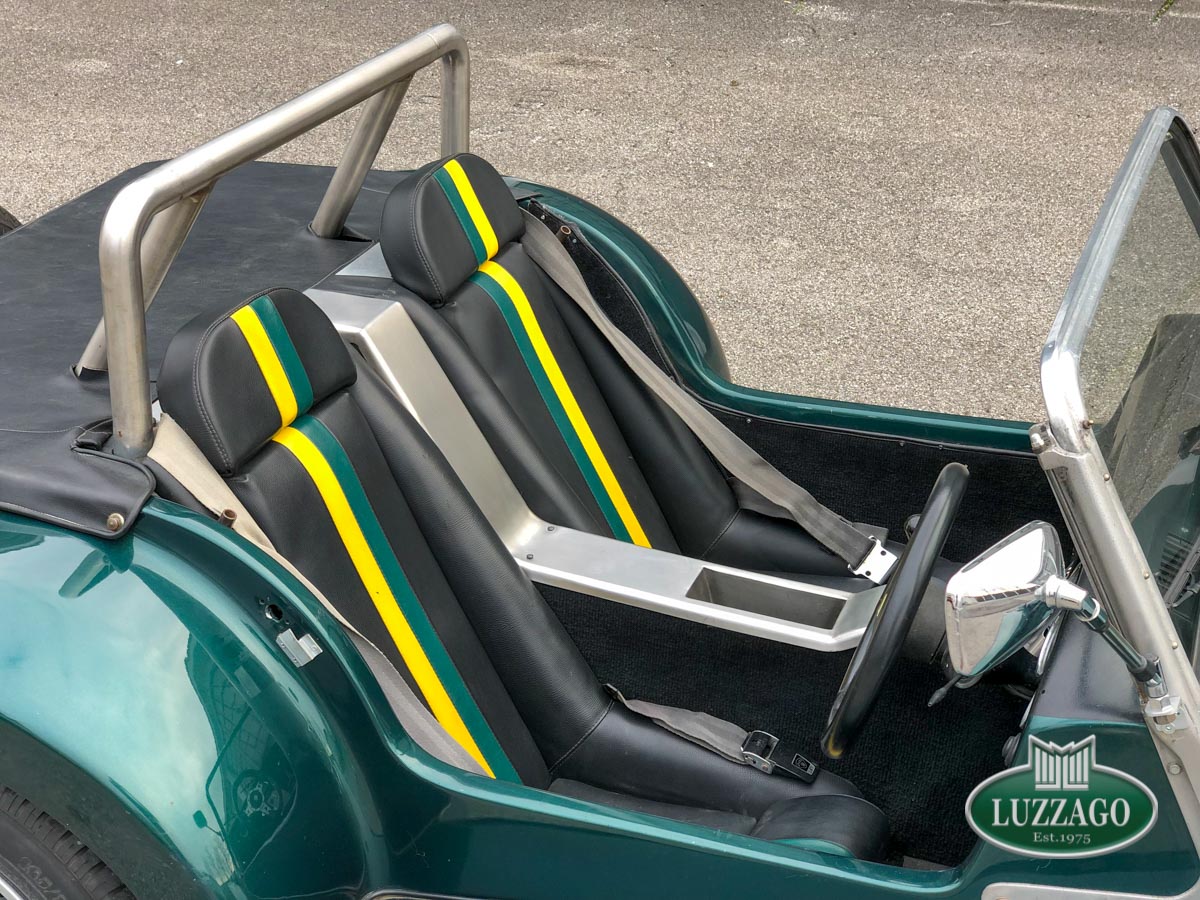
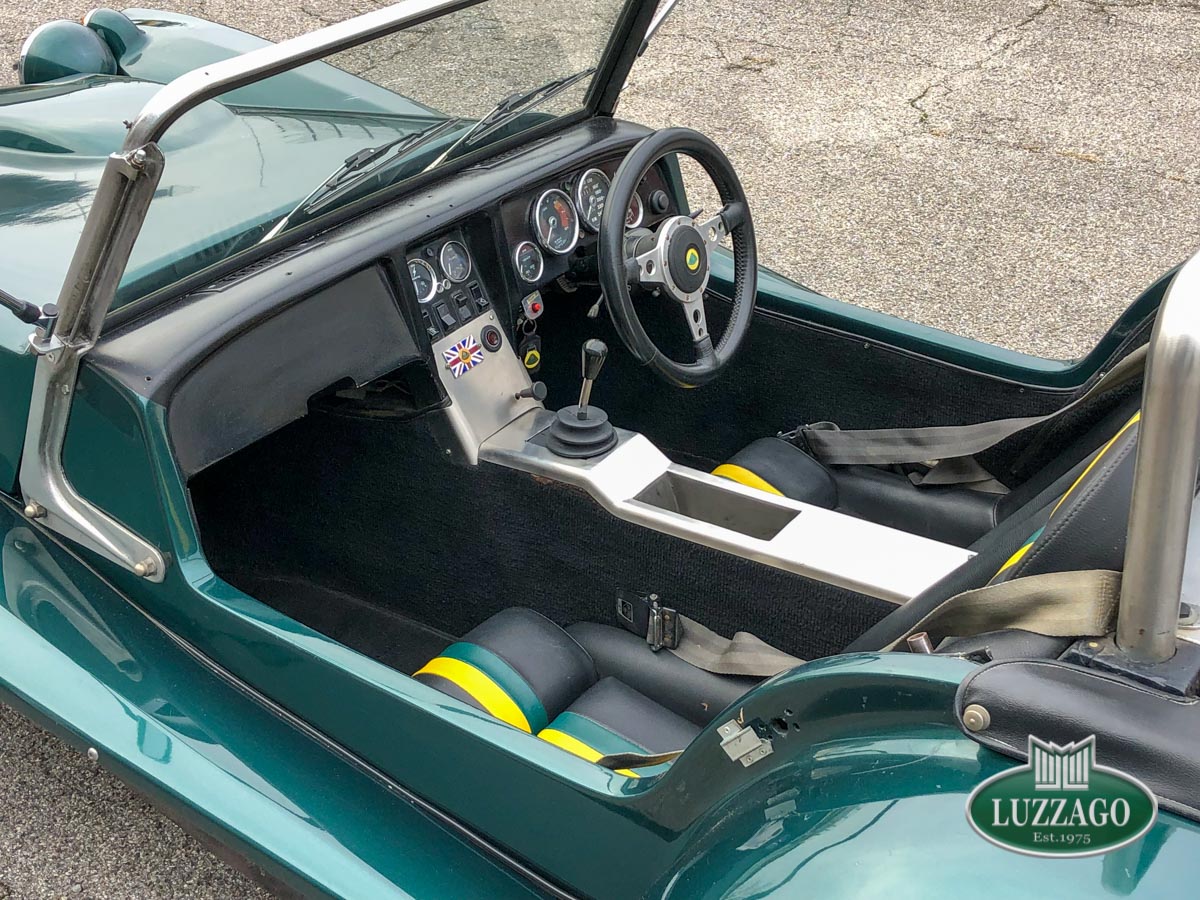
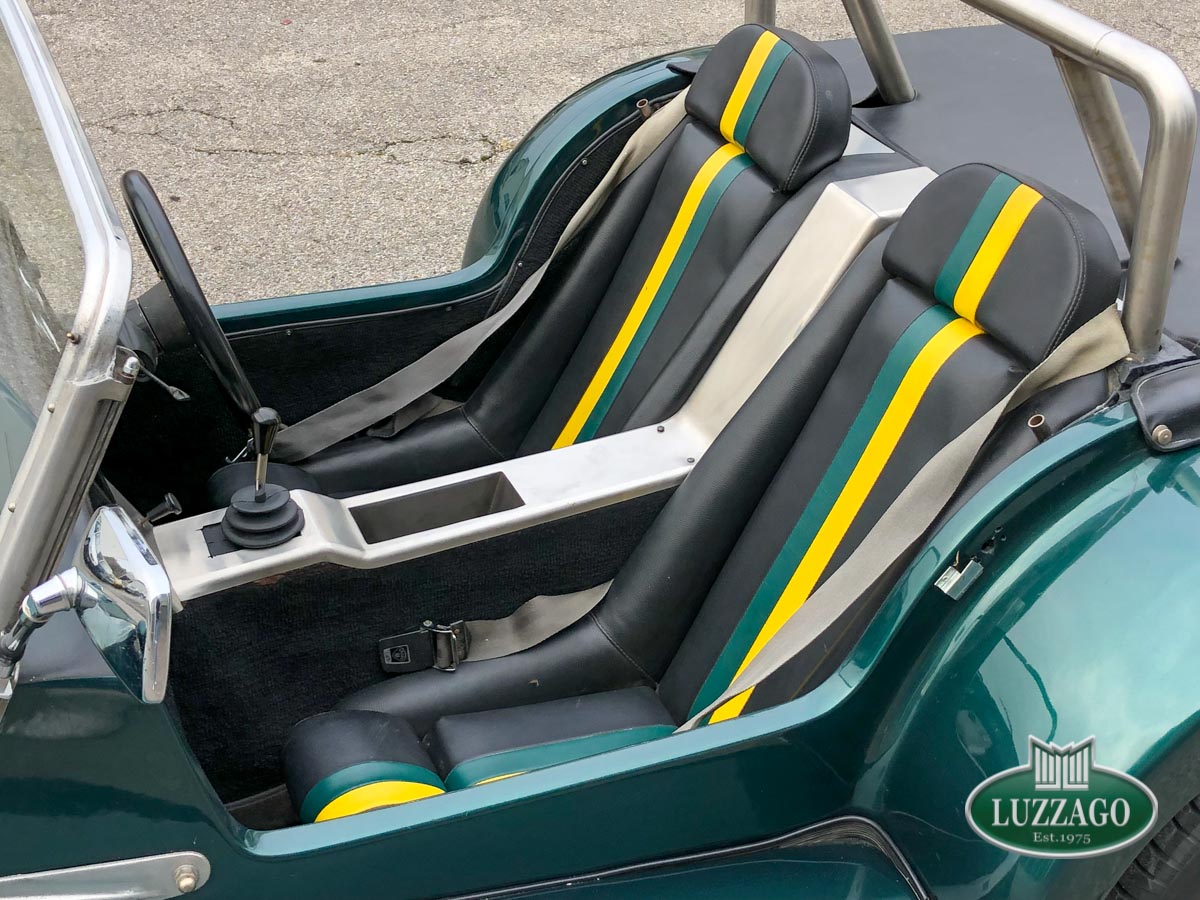
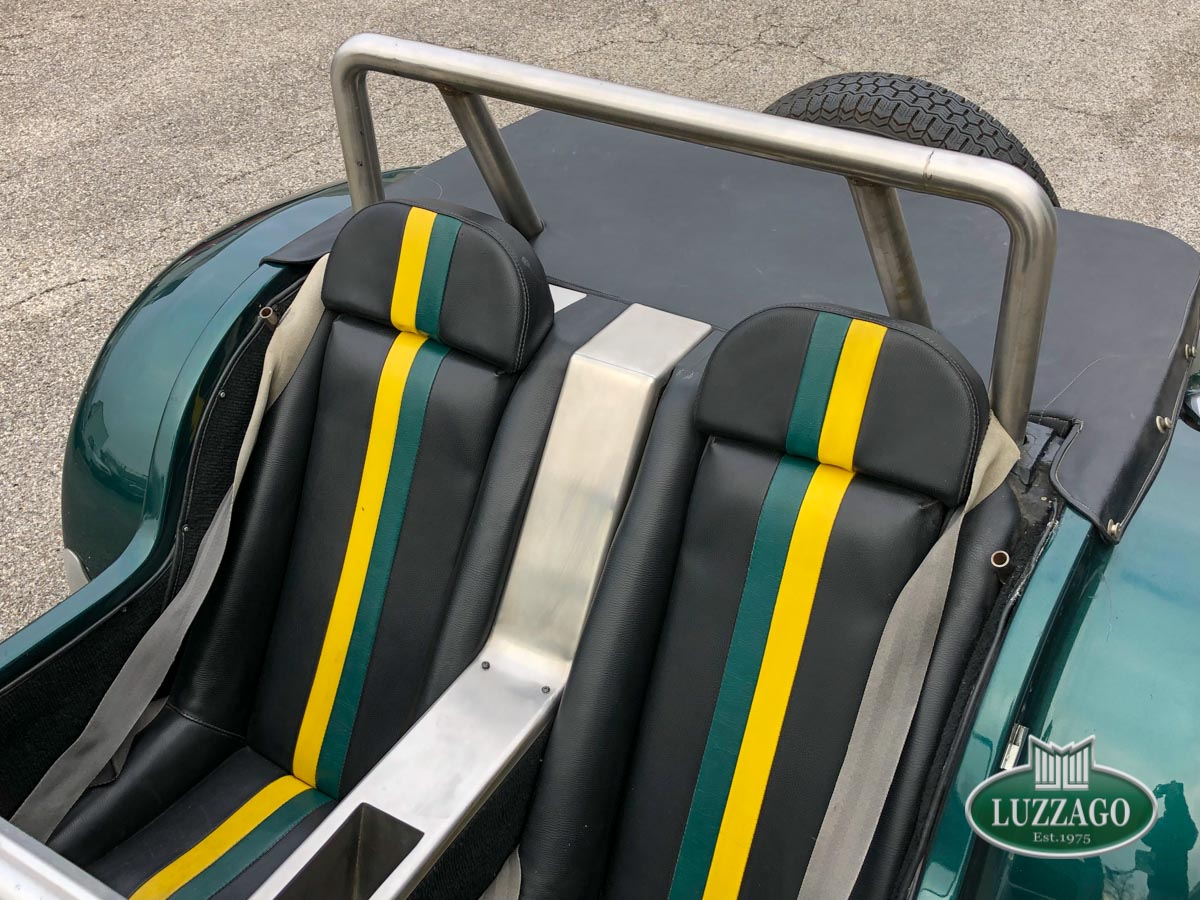
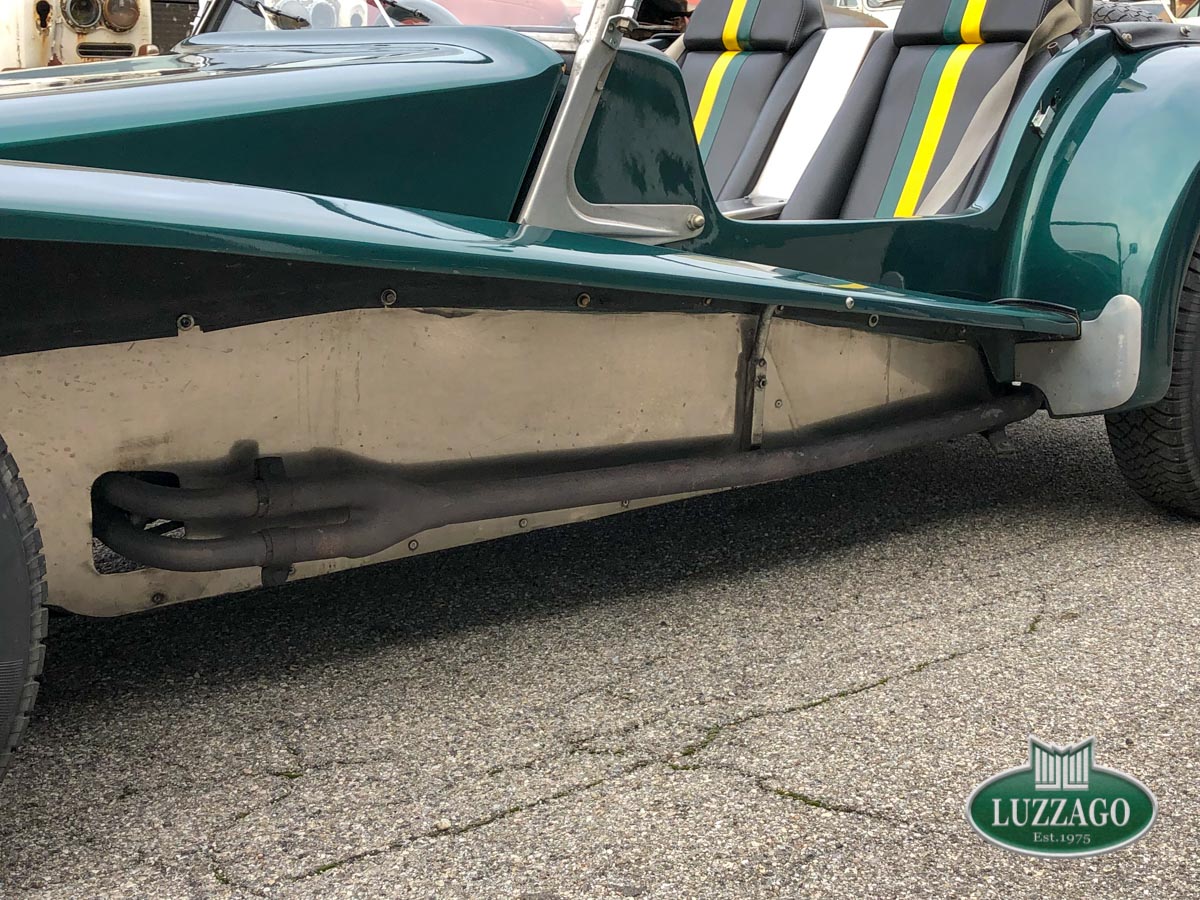
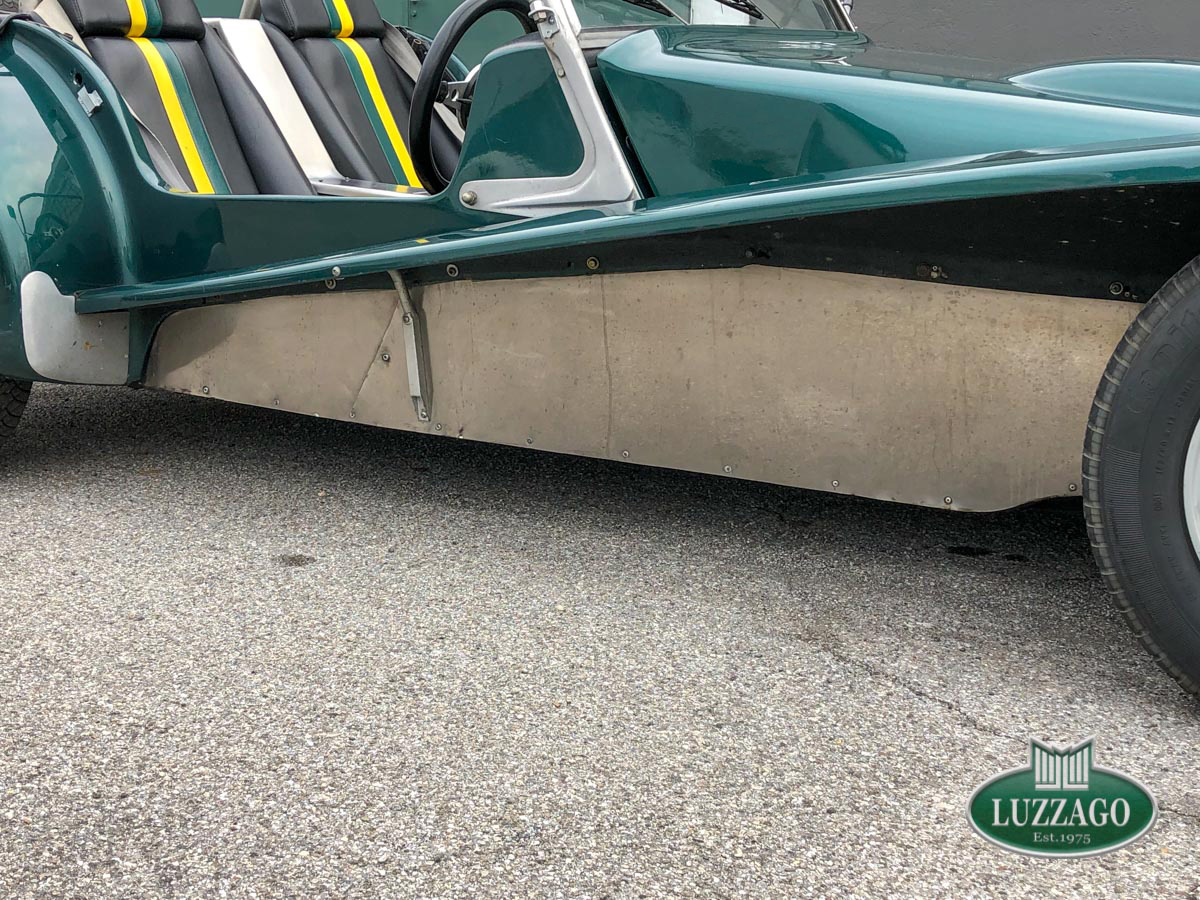
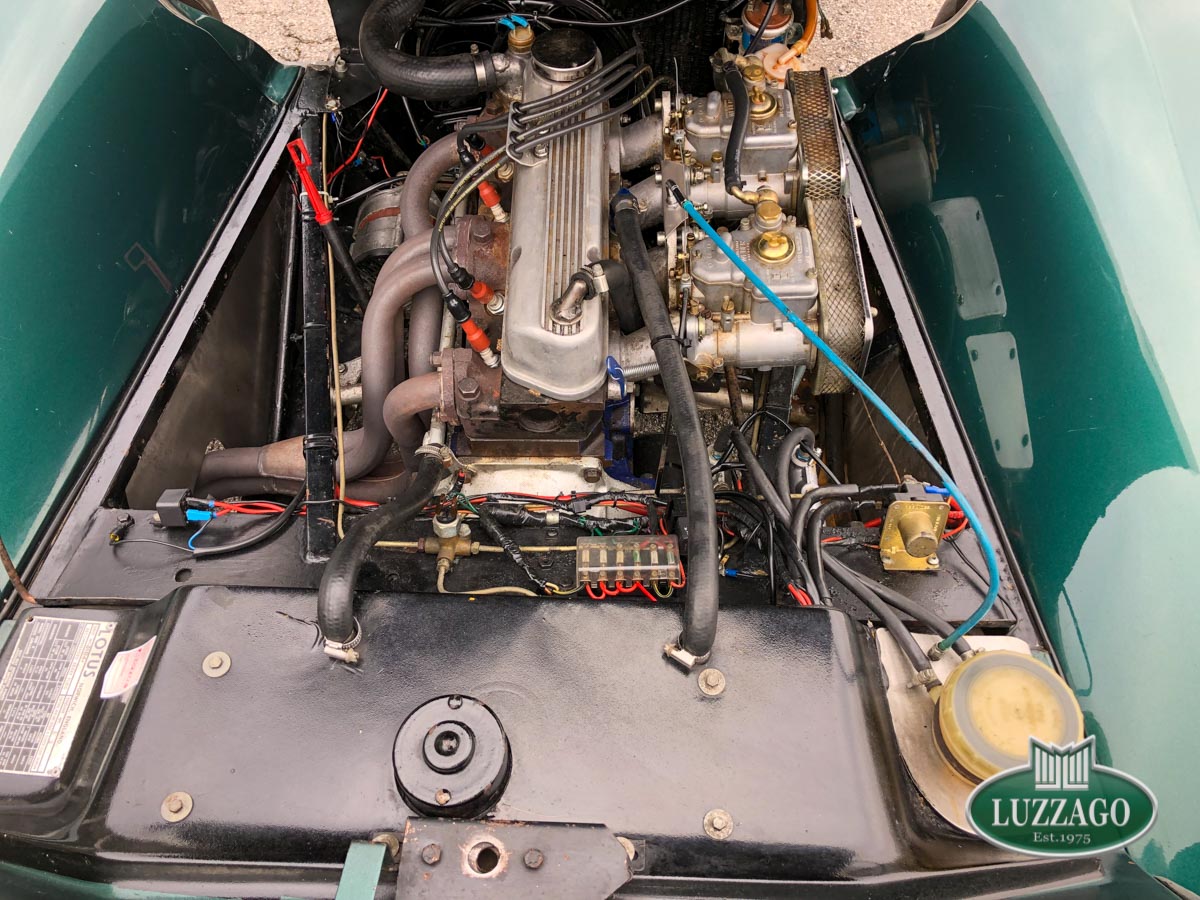
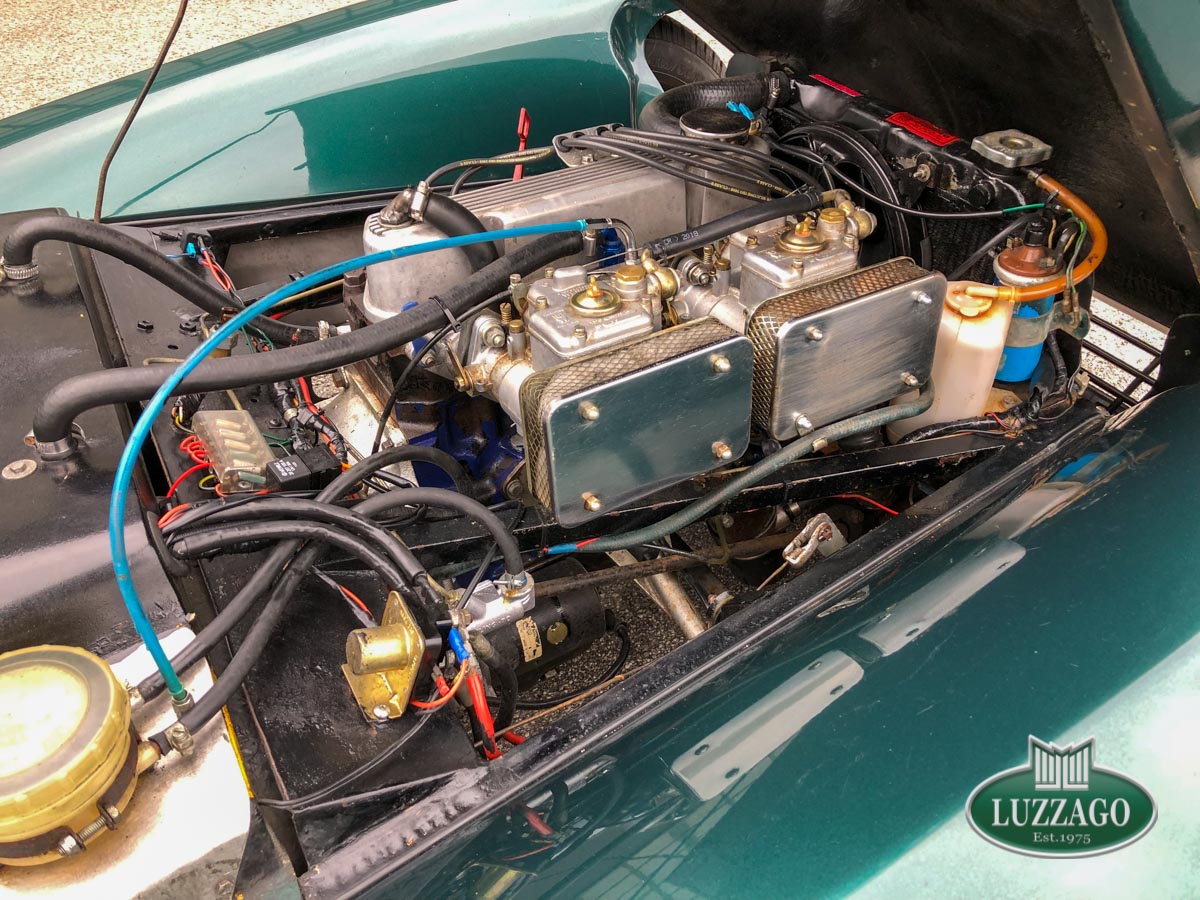
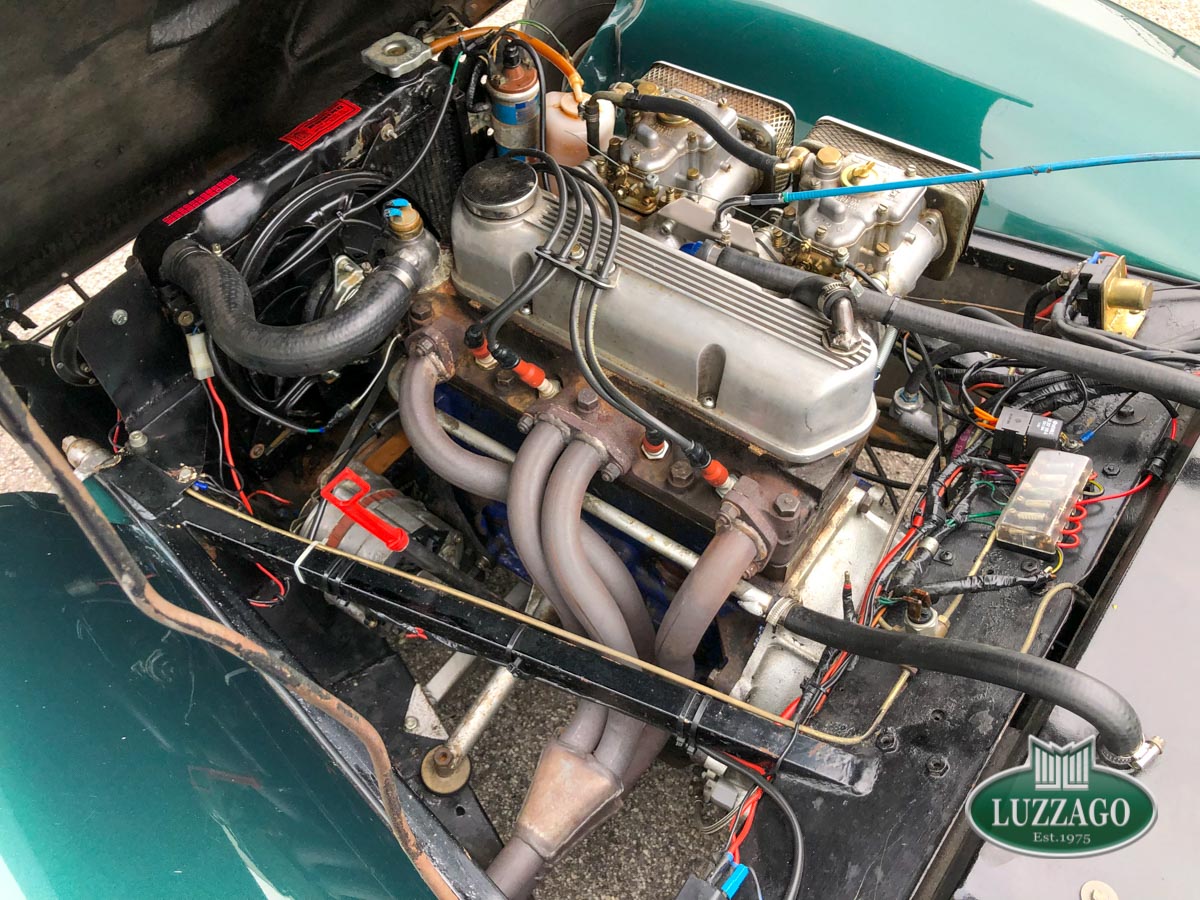
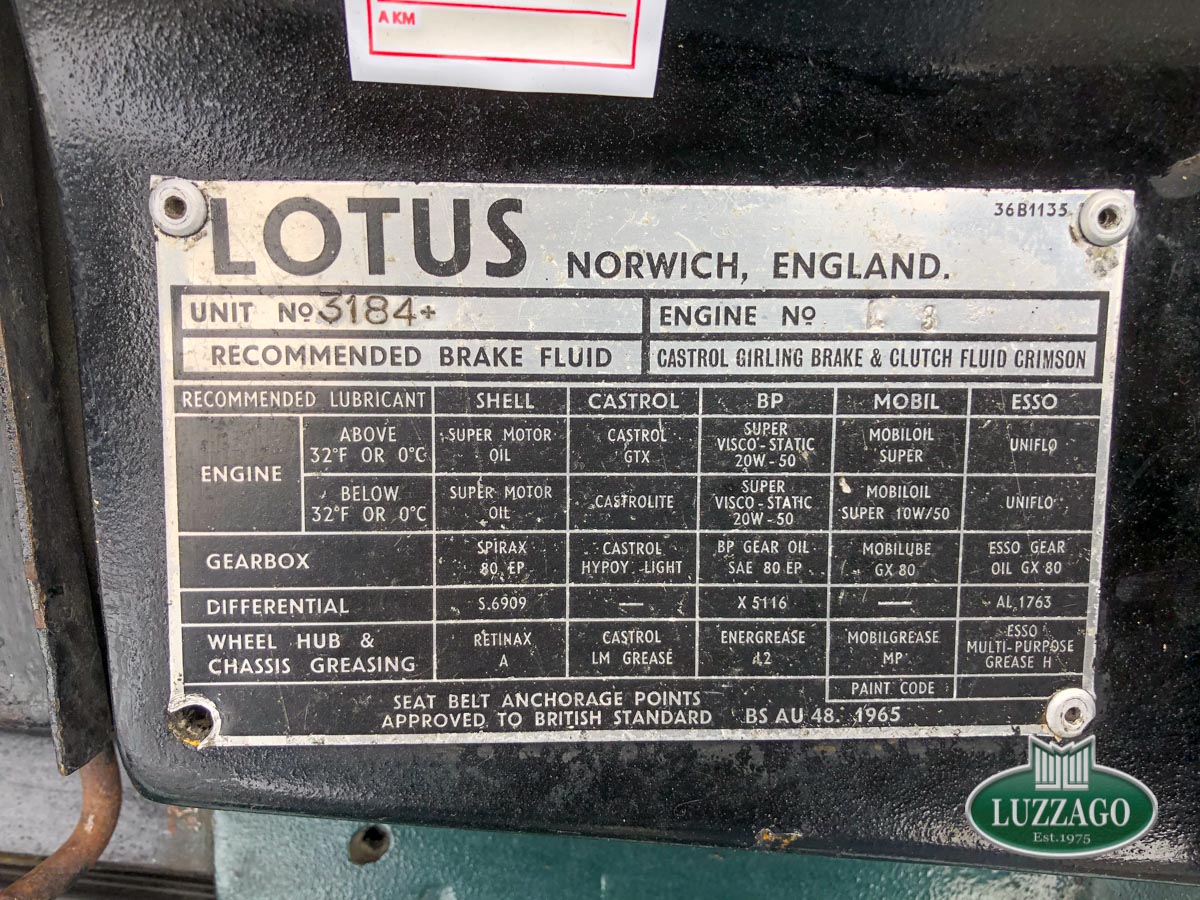
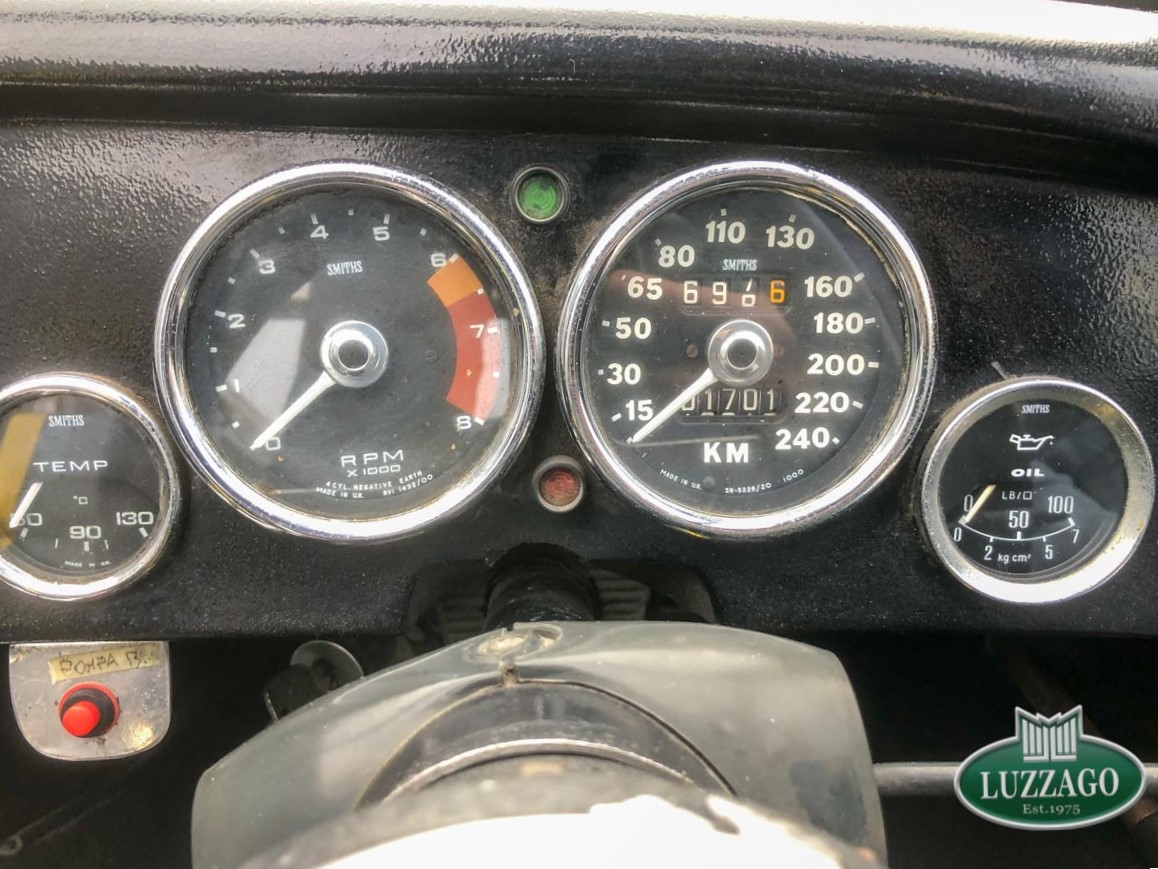
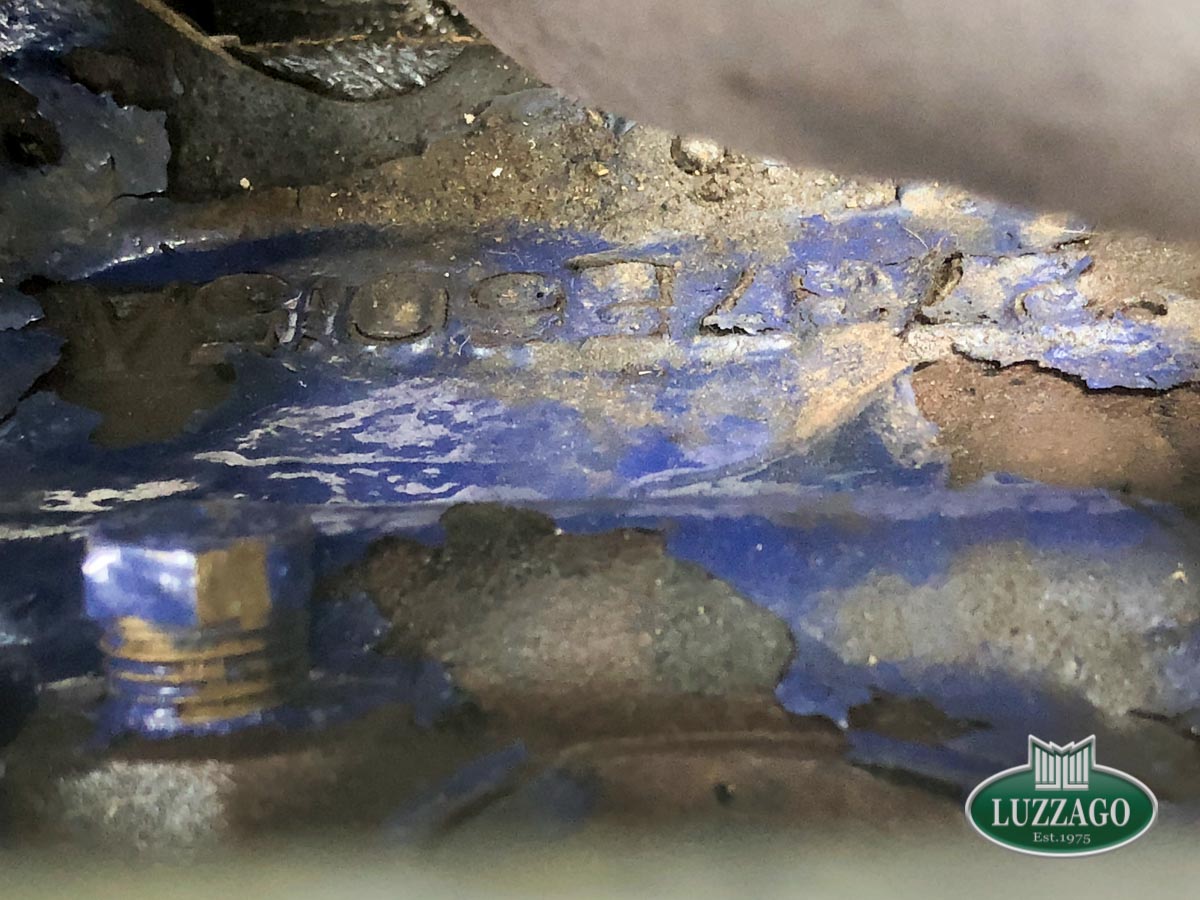

.jpg)
.jpg)
(1).jpg)
.jpg)
.jpg)
.jpg)
.jpg)
(1).jpg)
.jpg)
.jpg)
.jpg)
(2).jpg)
(1).jpg)
.jpg)
(1).jpg)
.jpg)
.jpg)
(1).jpg)
.jpg)
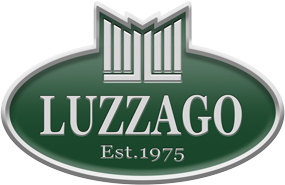

 CA Auto Bank offer subject to approval. Pre-contractual documentation at the Dealership and on the CA Auto Bank website (Transparency section). Advertising message for promotional purposes.
CA Auto Bank offer subject to approval. Pre-contractual documentation at the Dealership and on the CA Auto Bank website (Transparency section). Advertising message for promotional purposes.